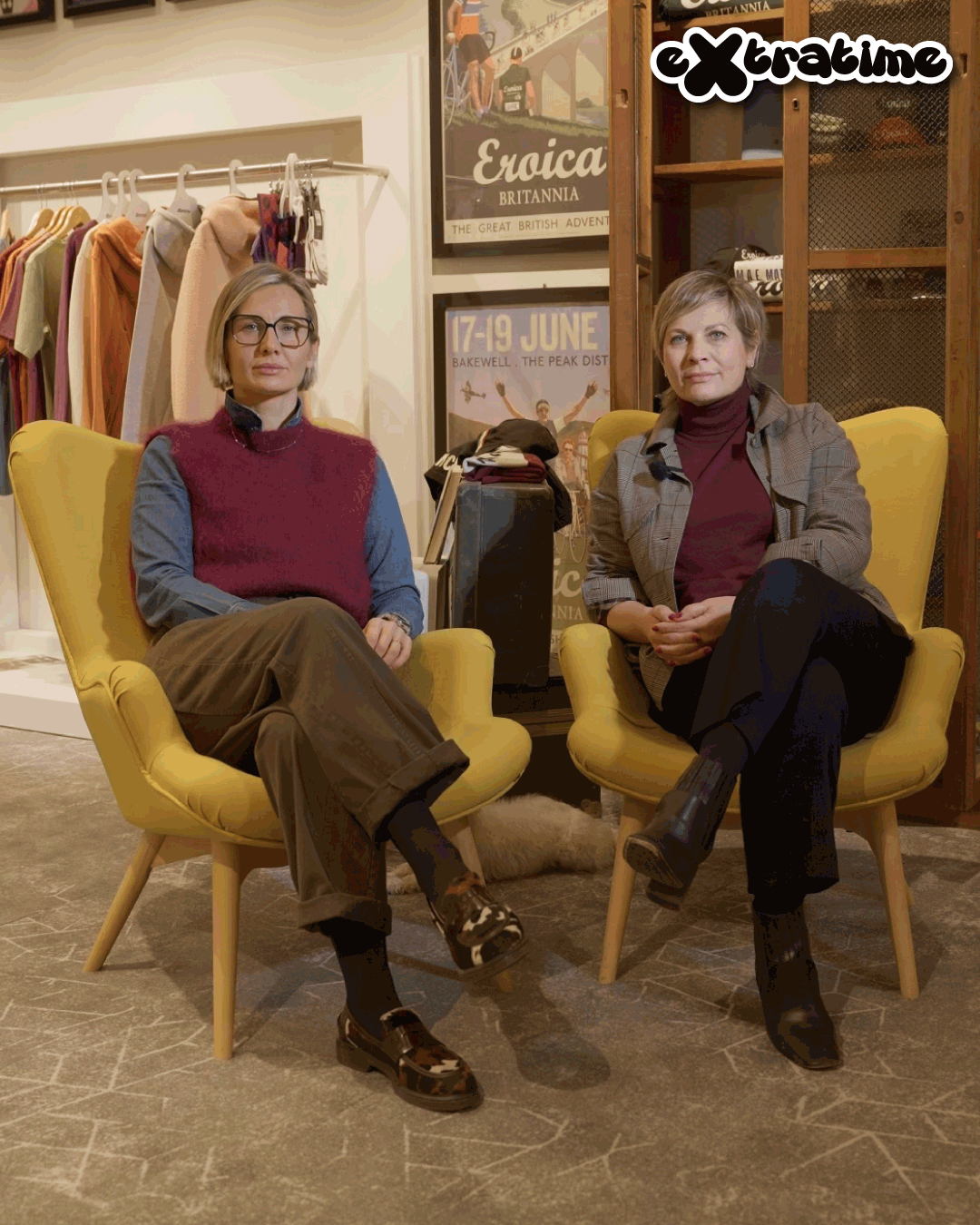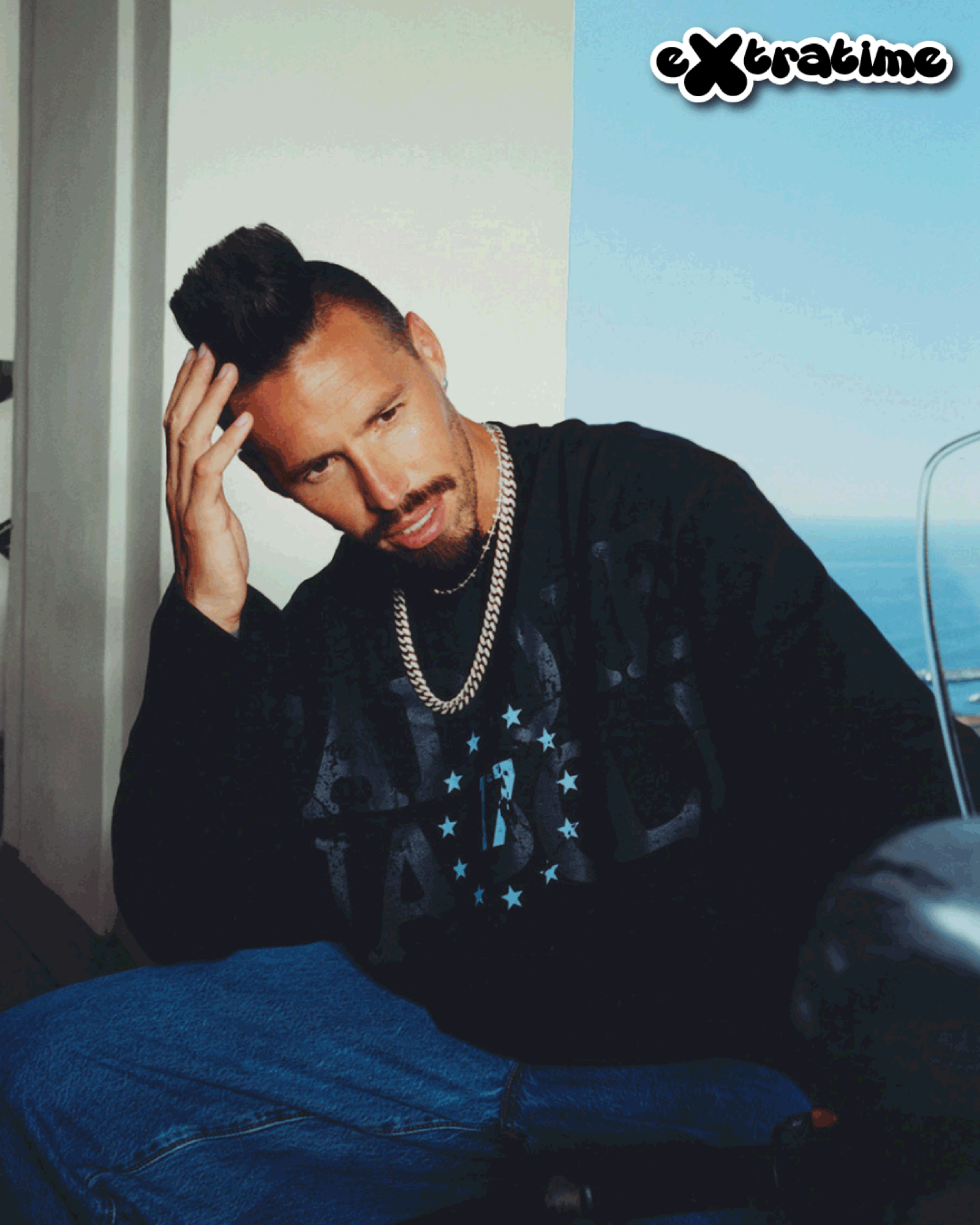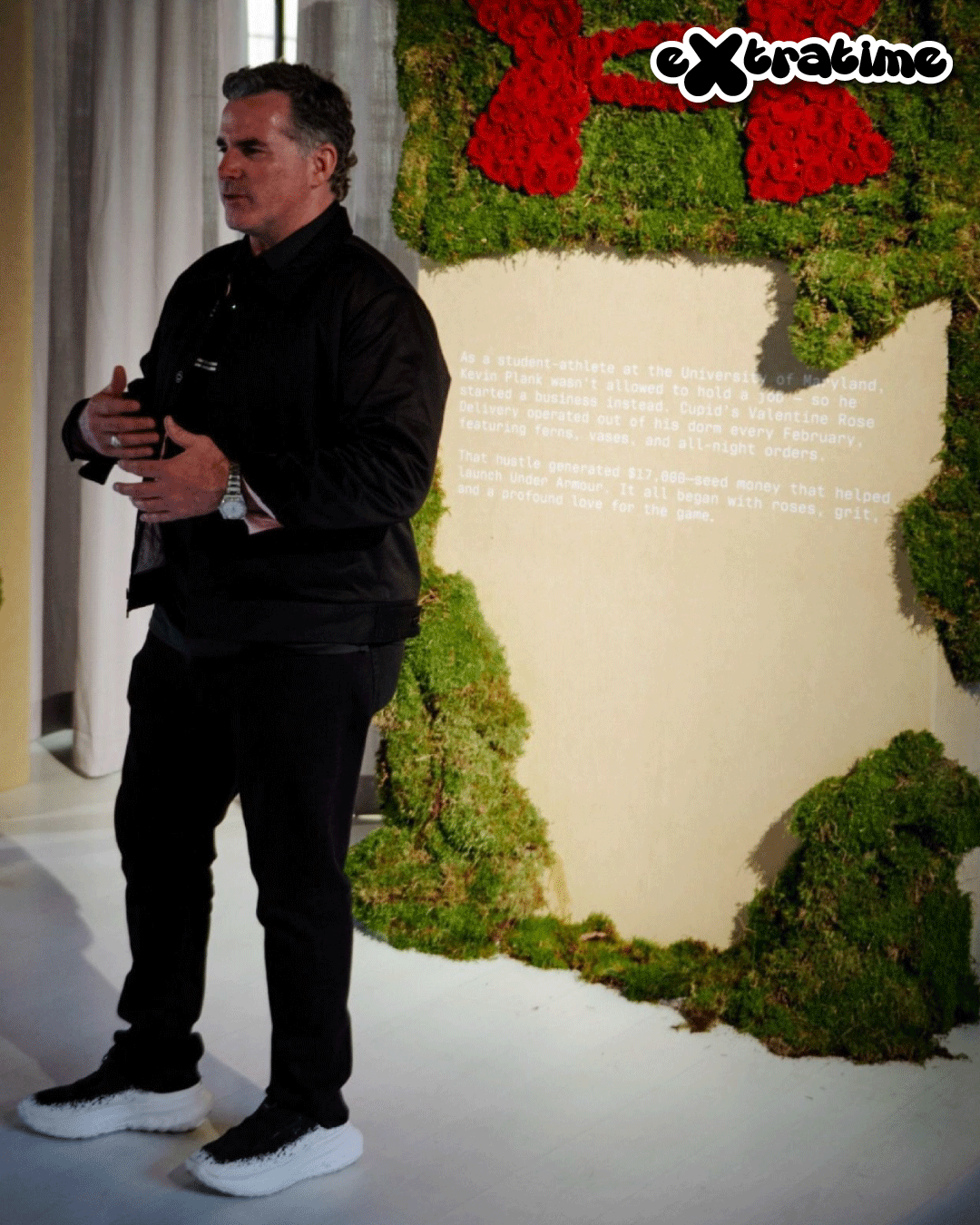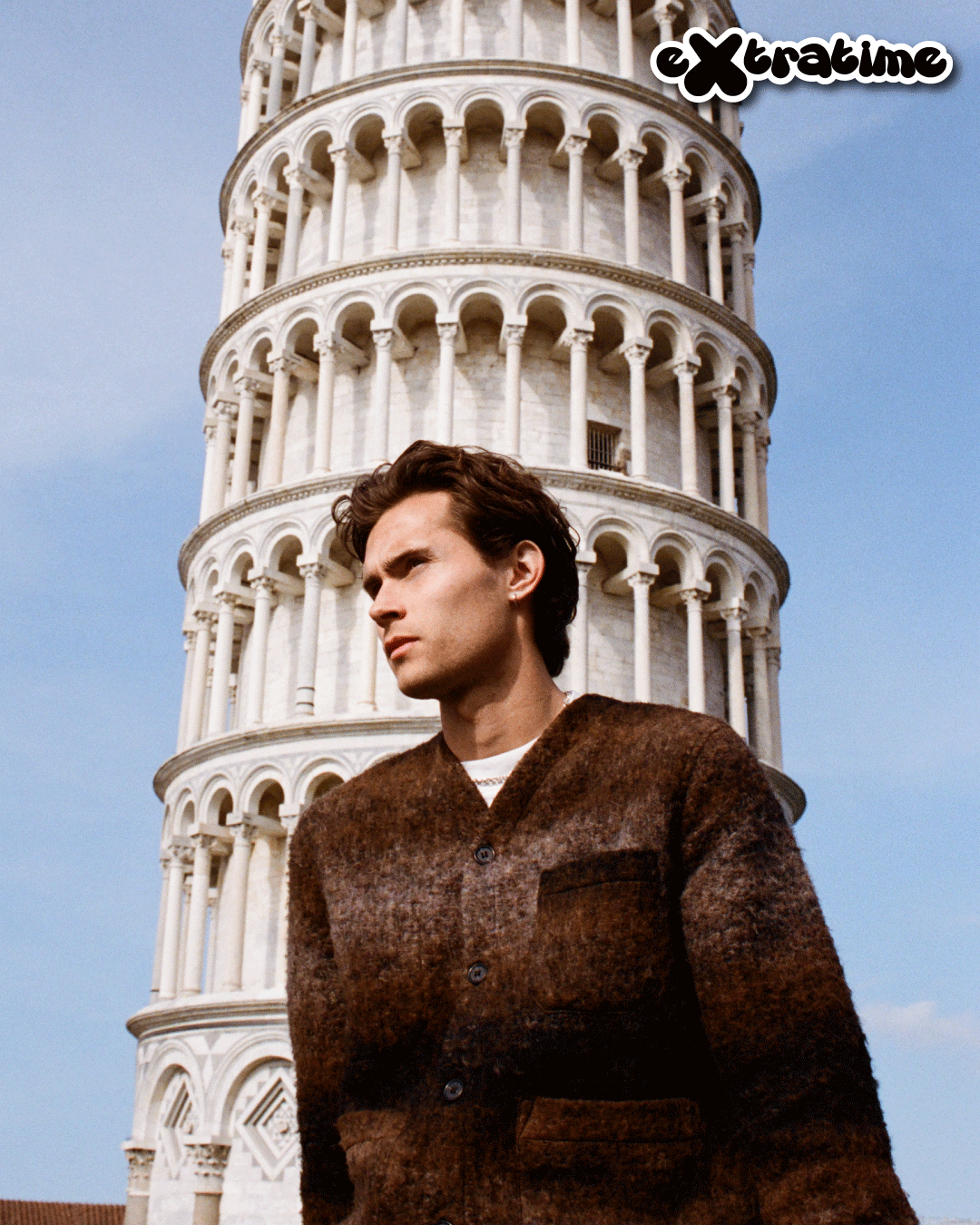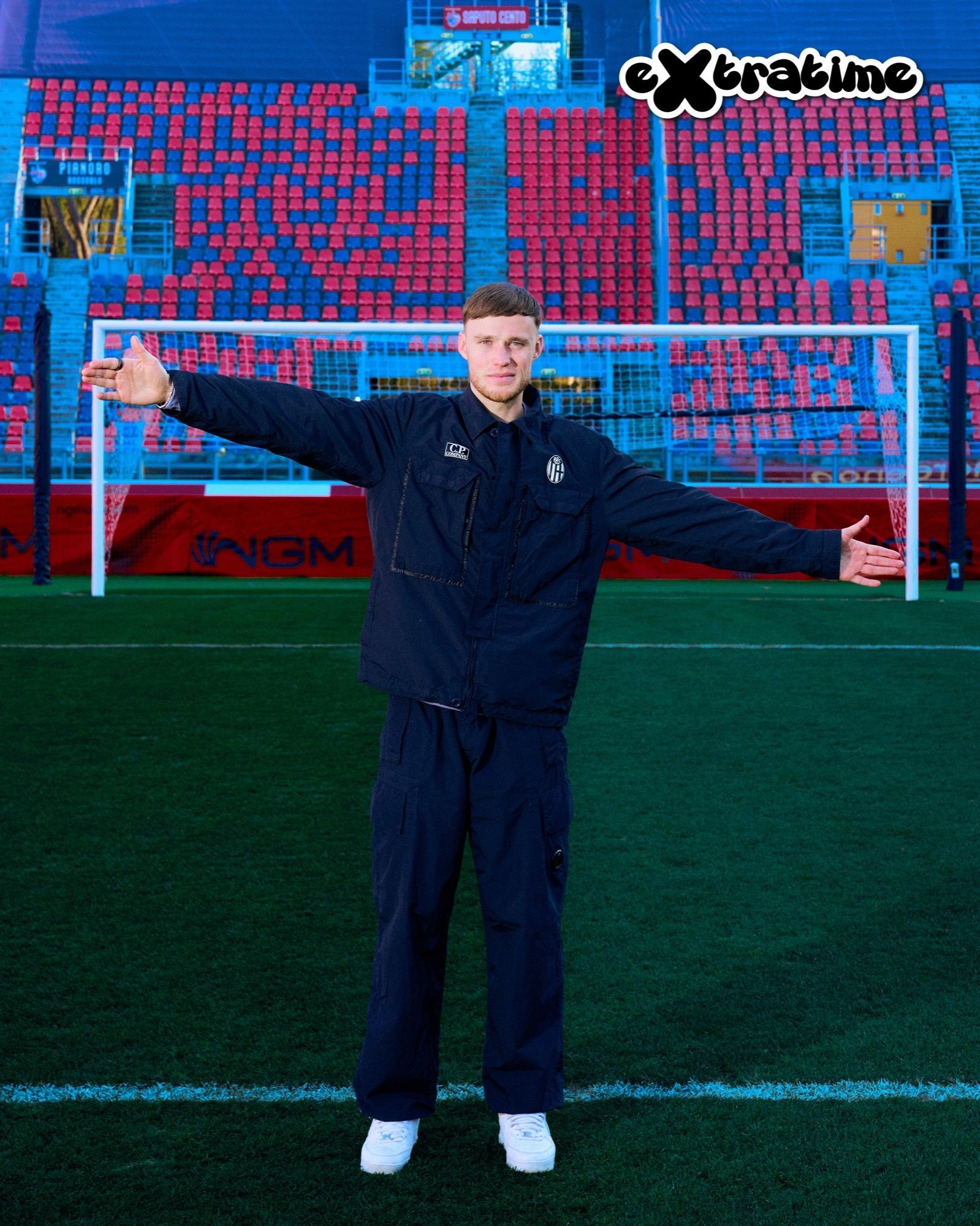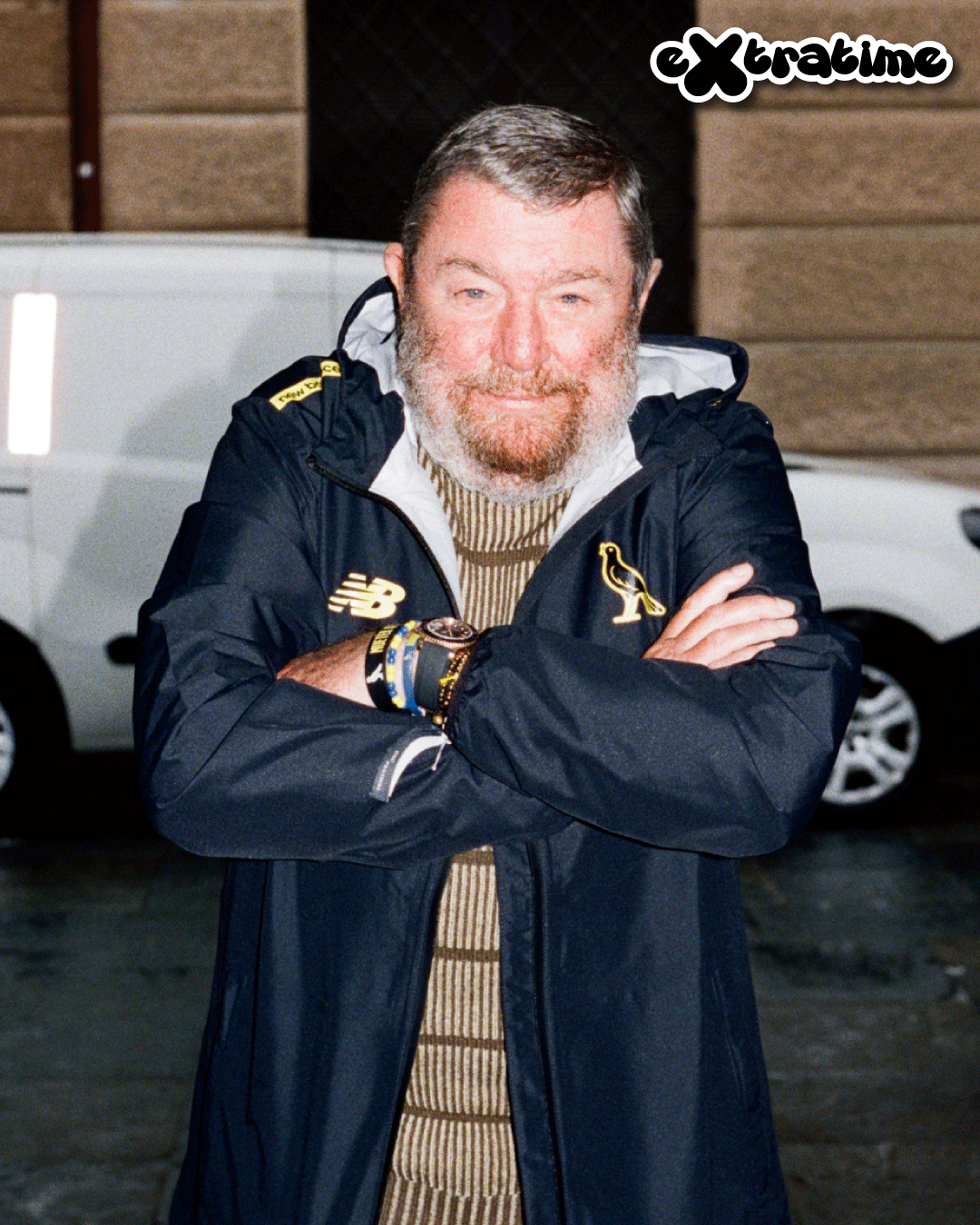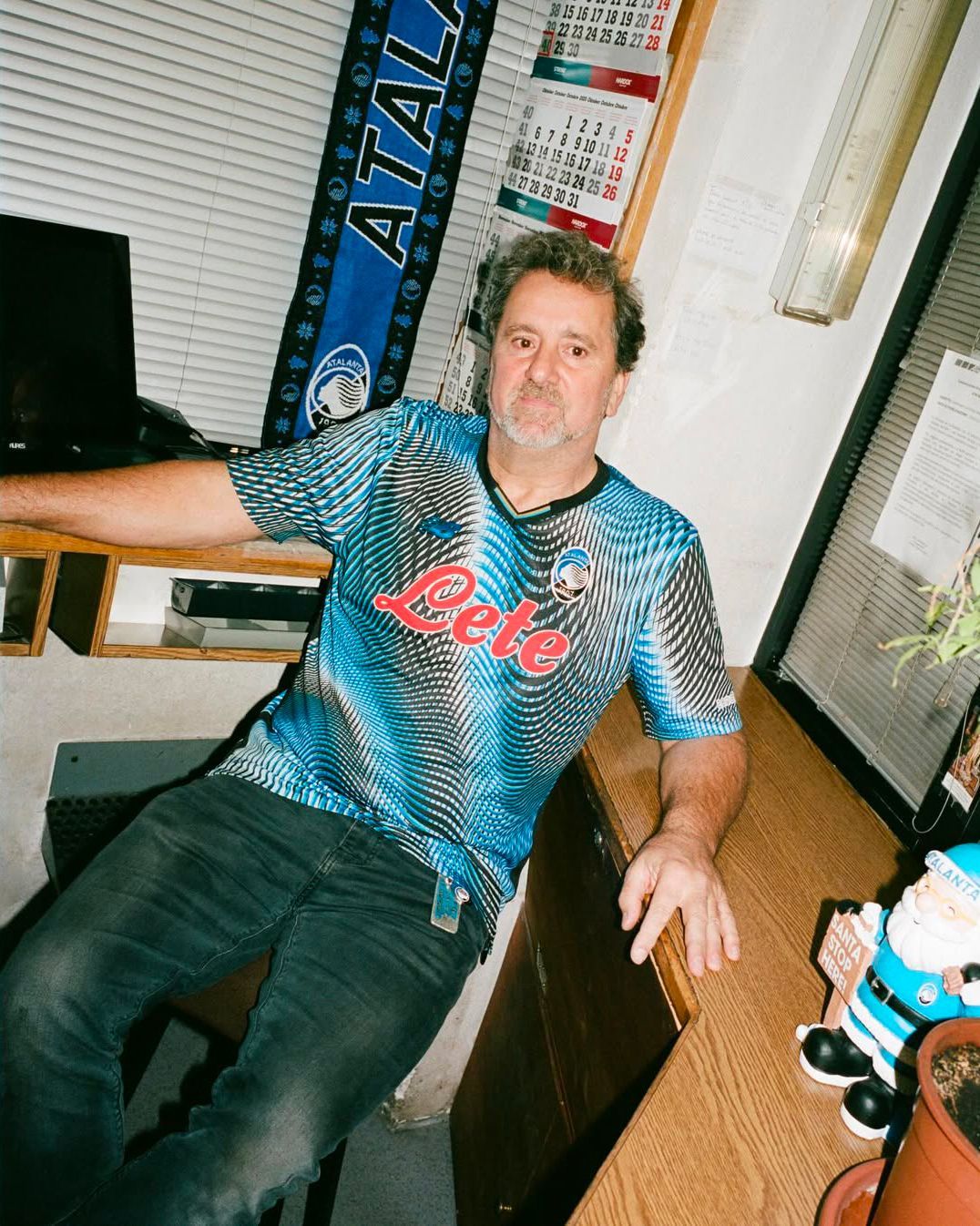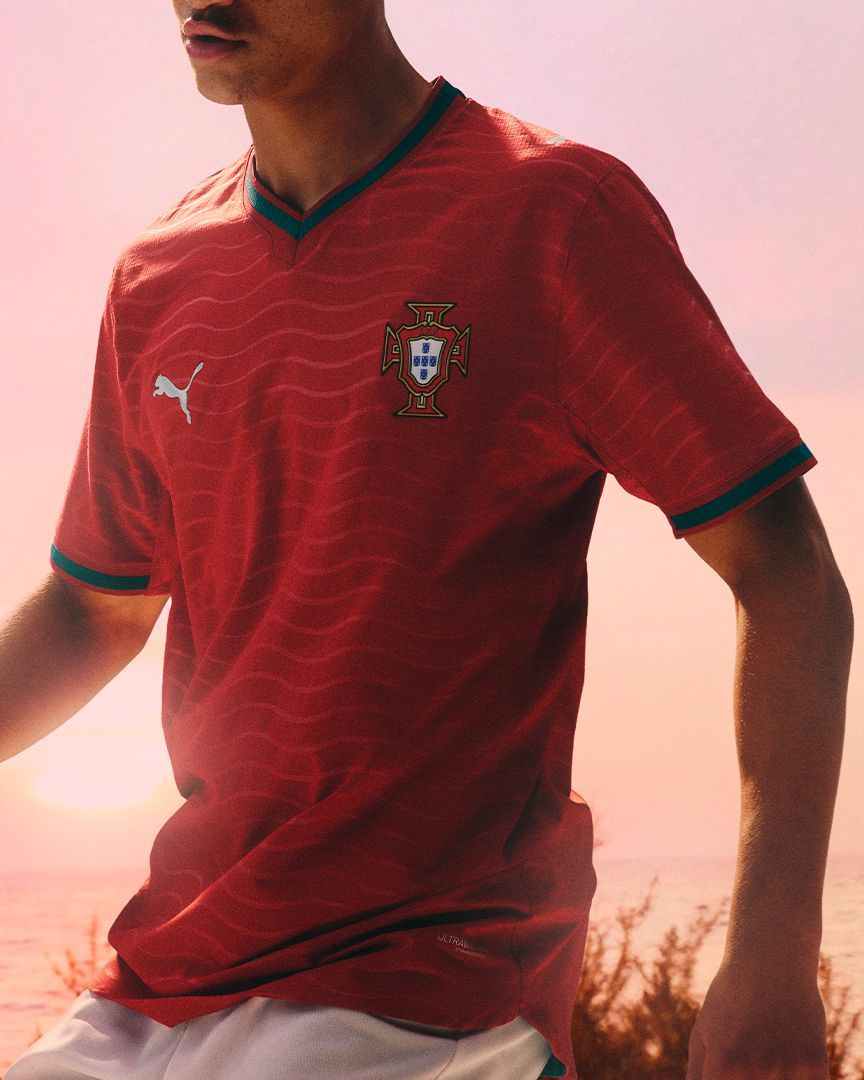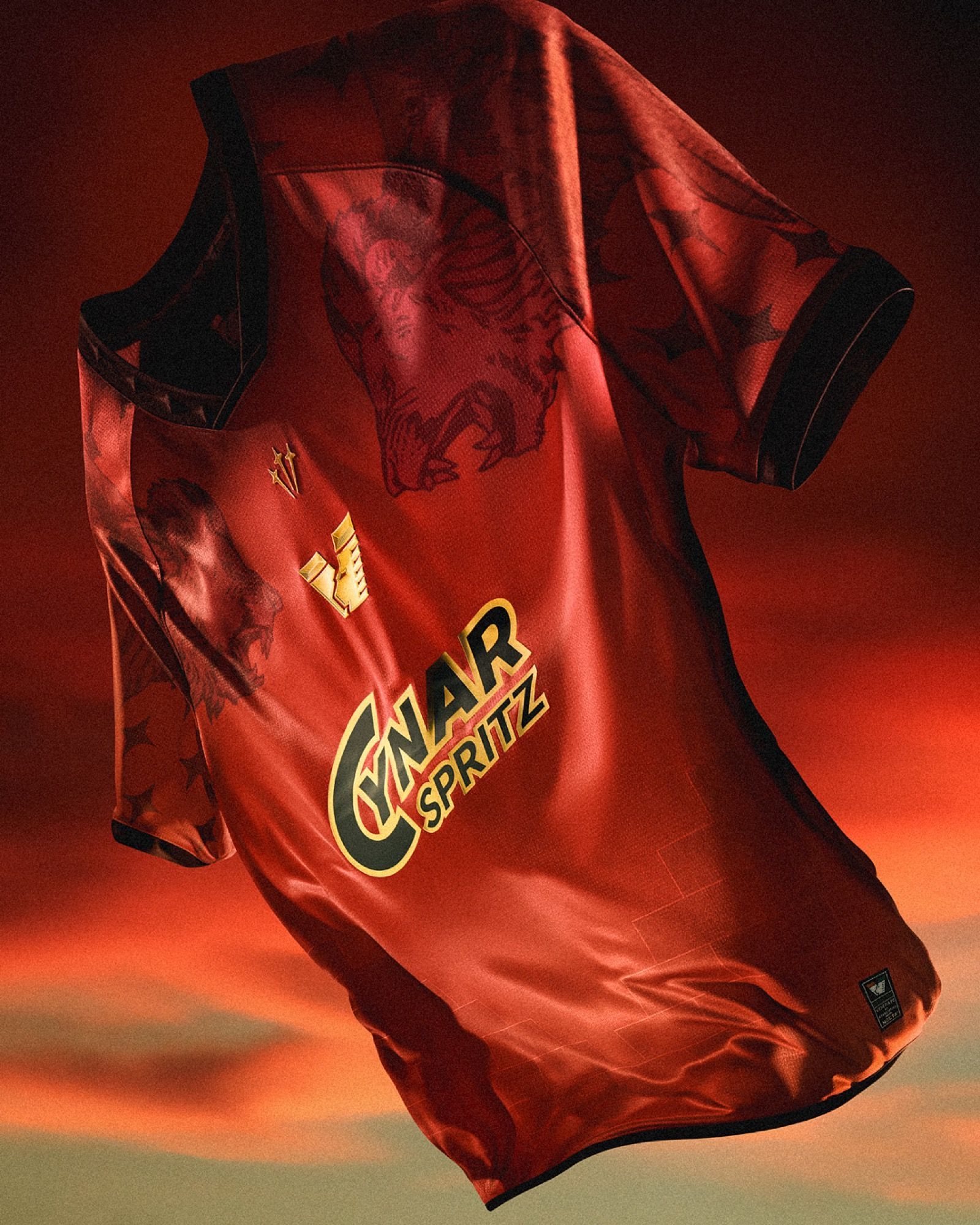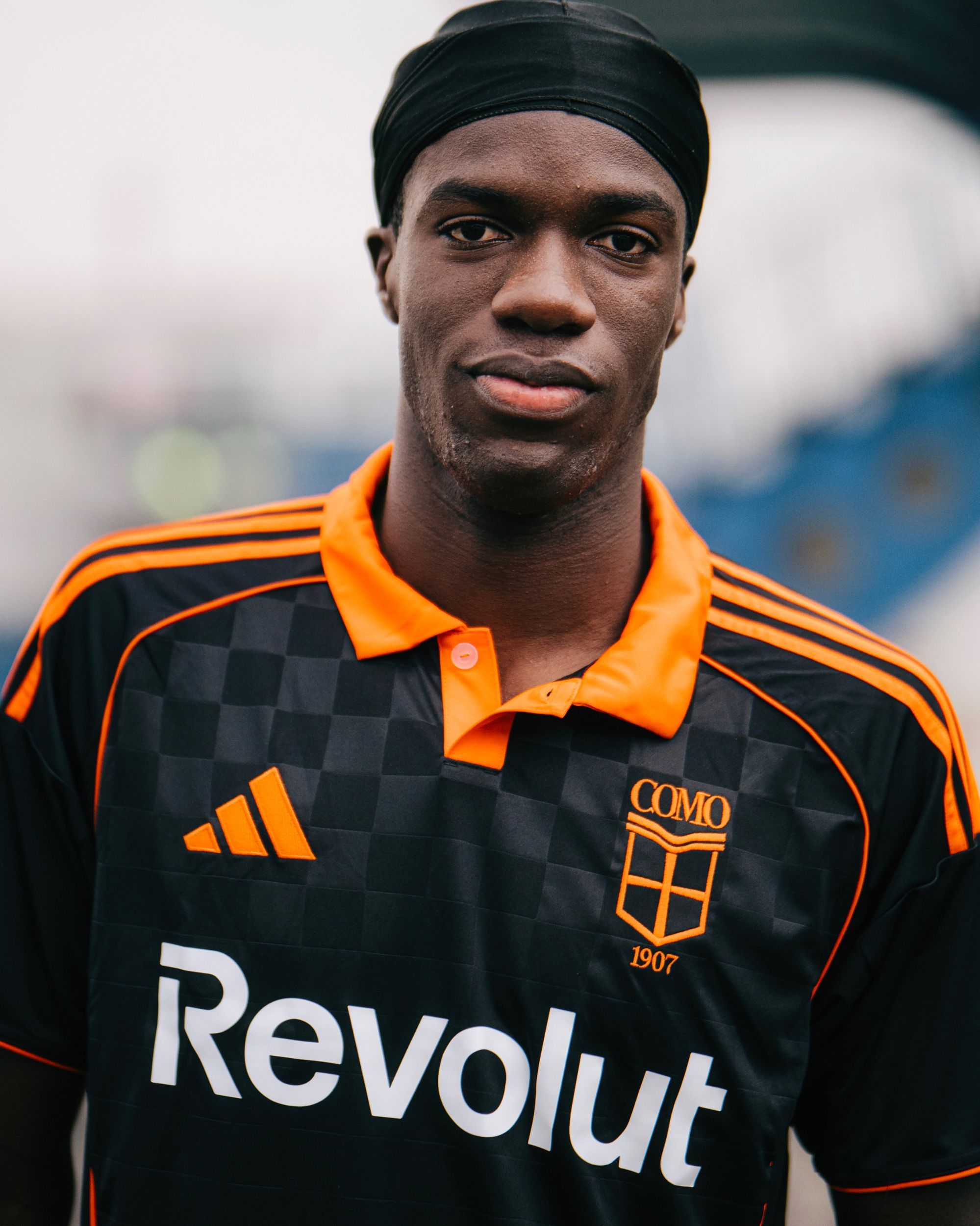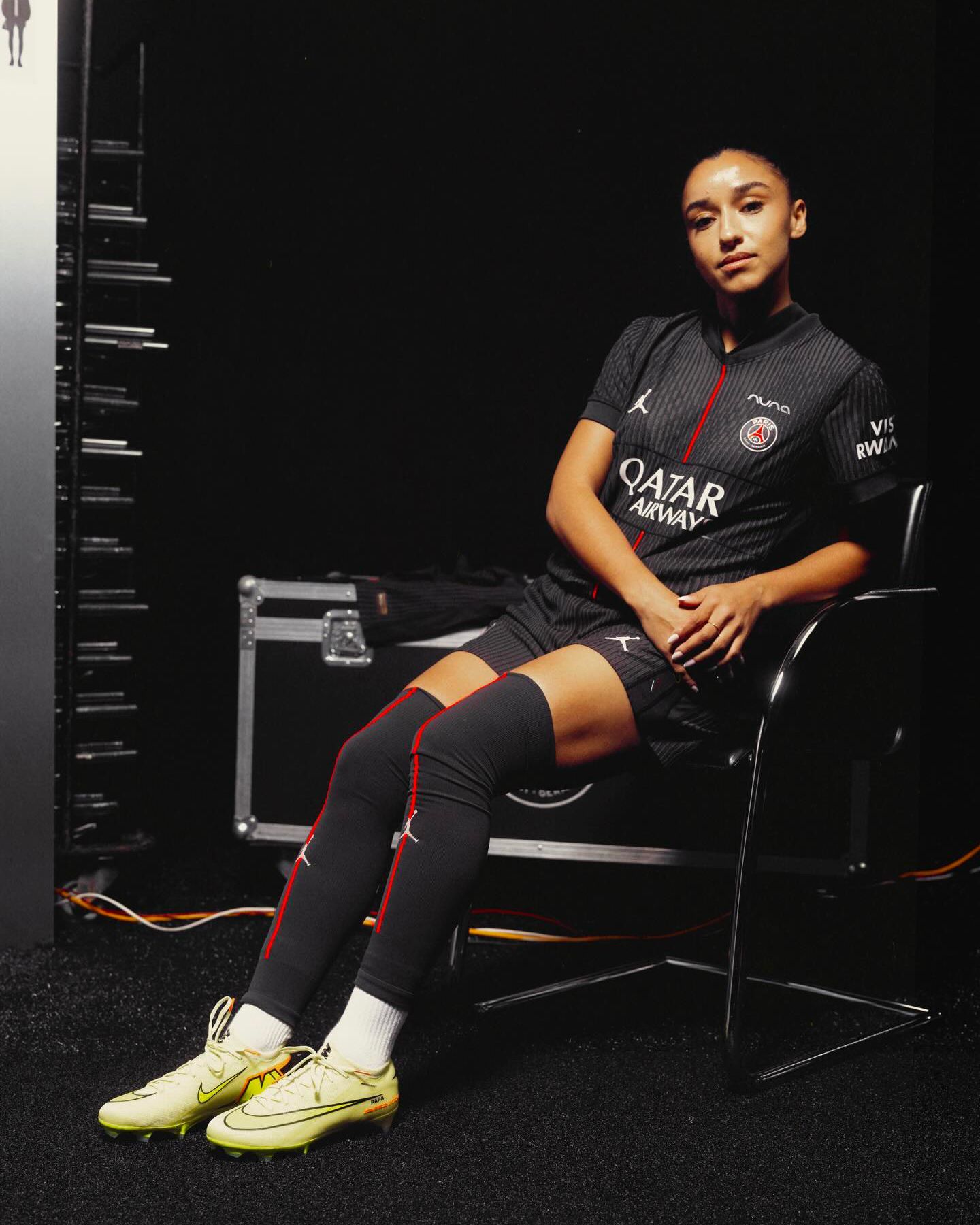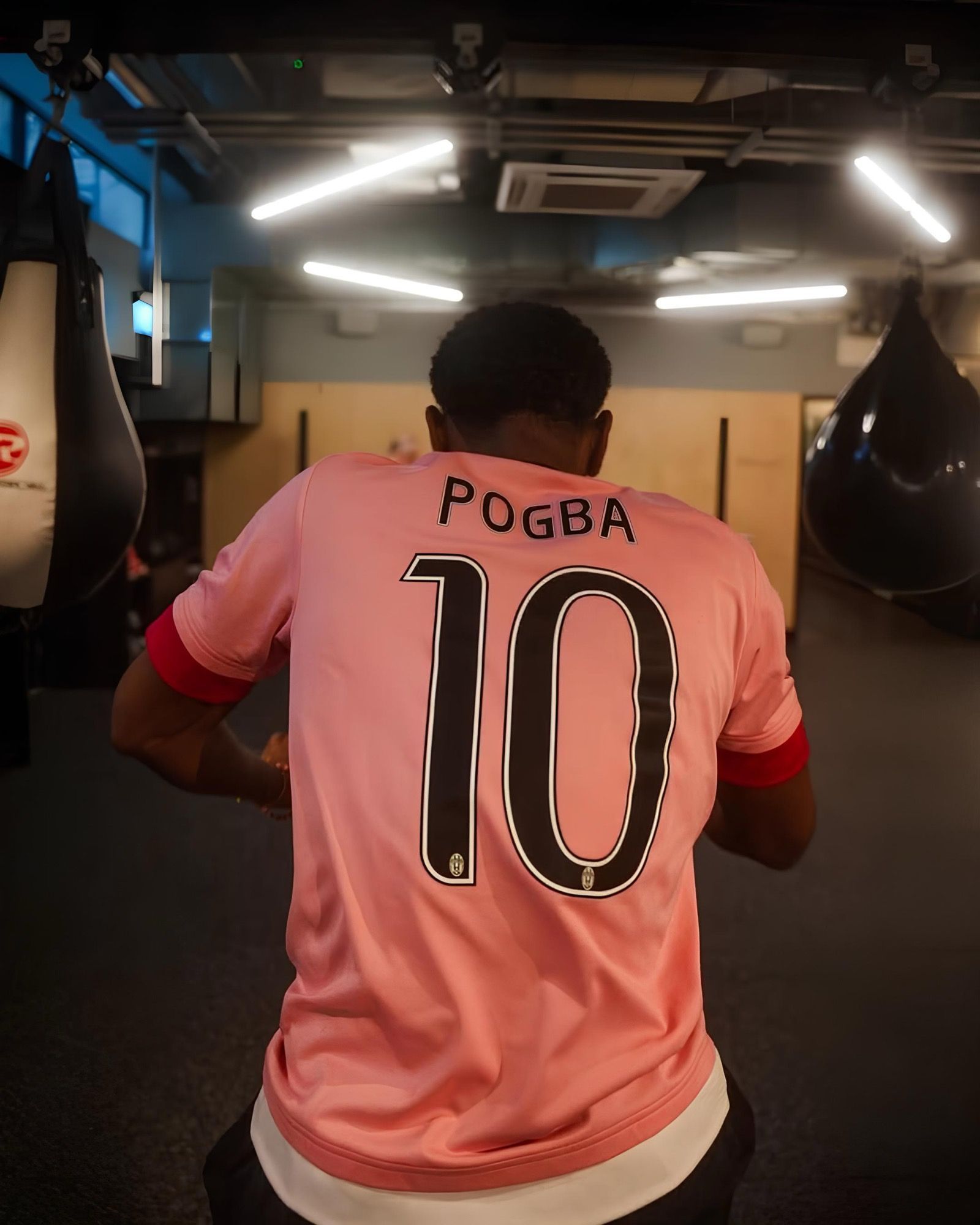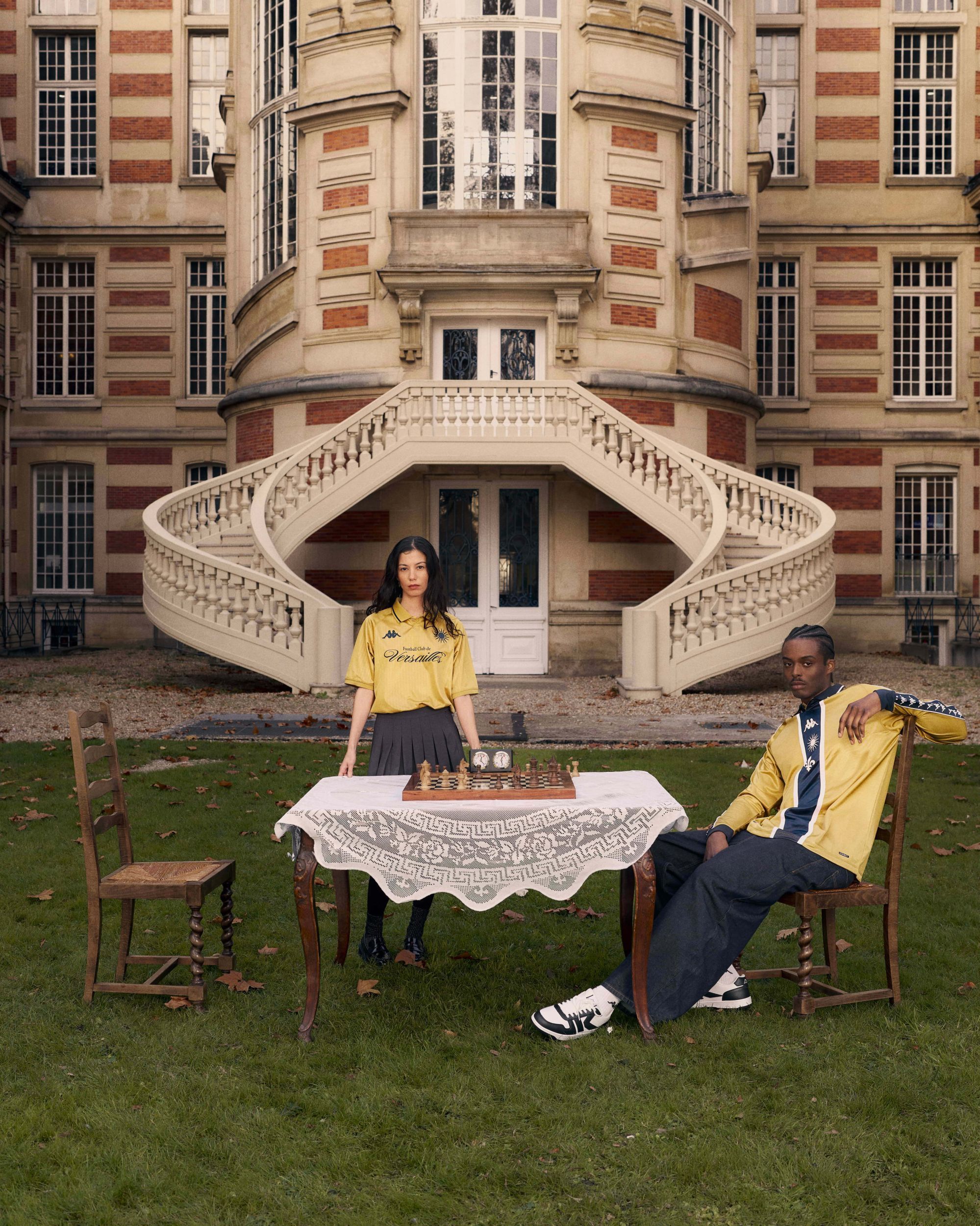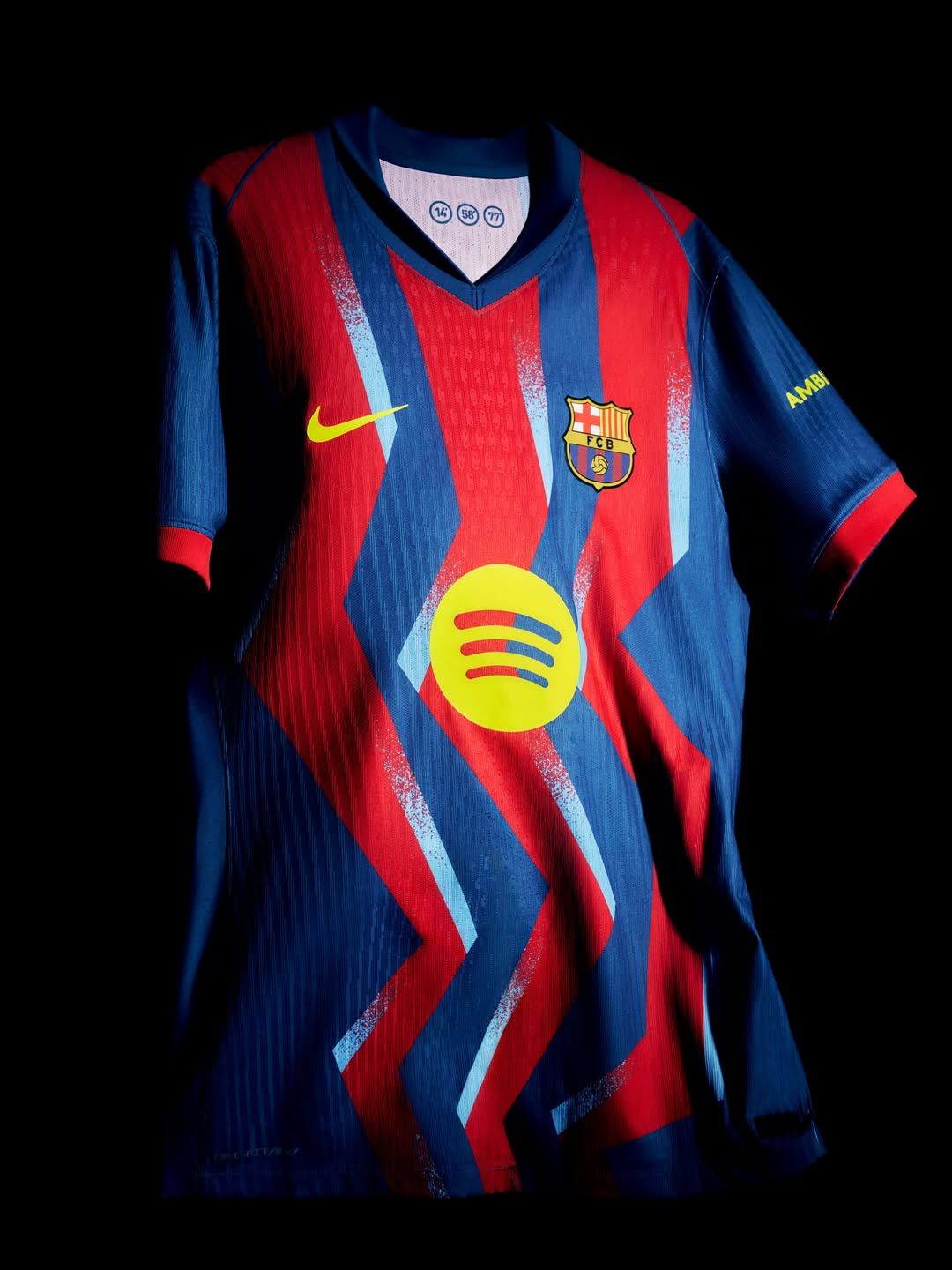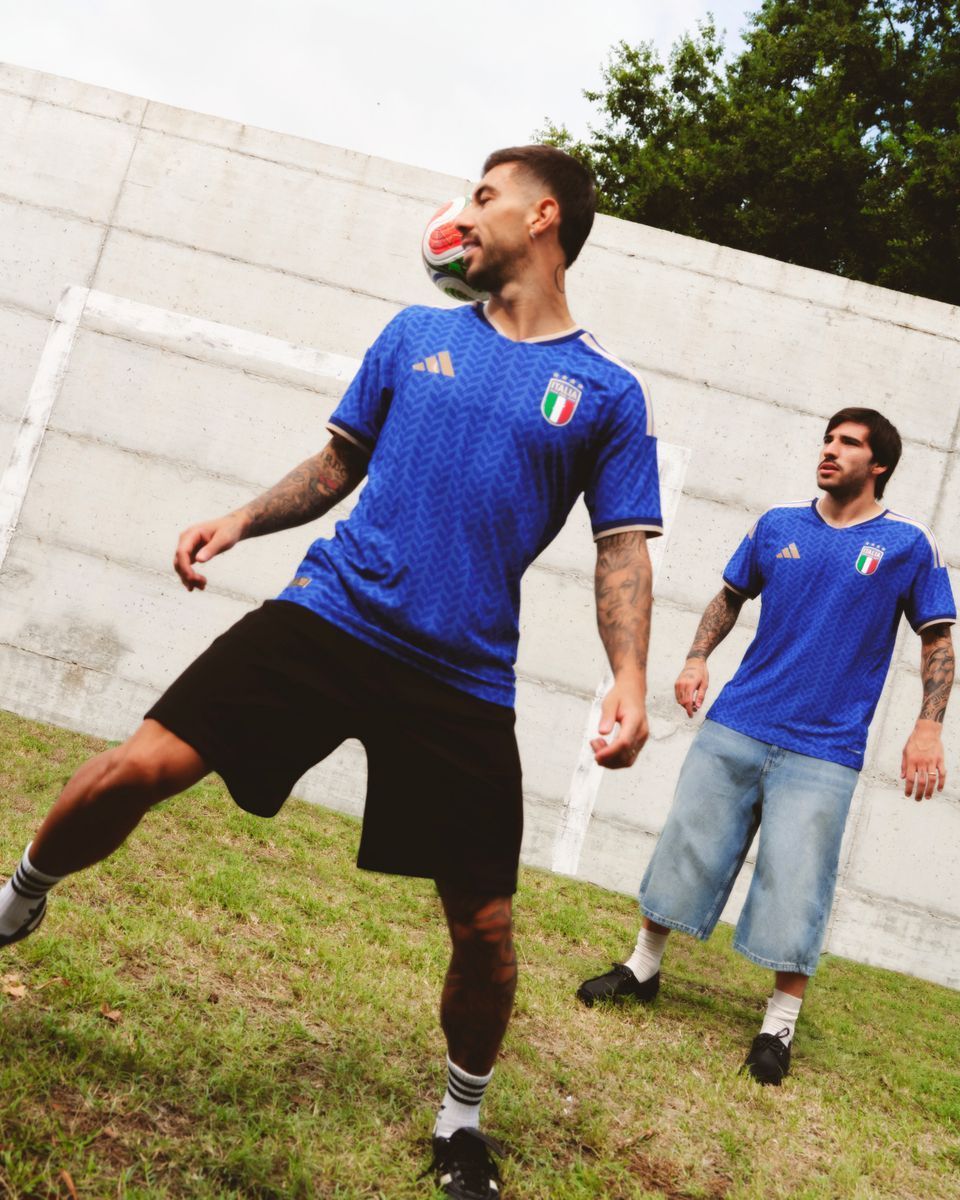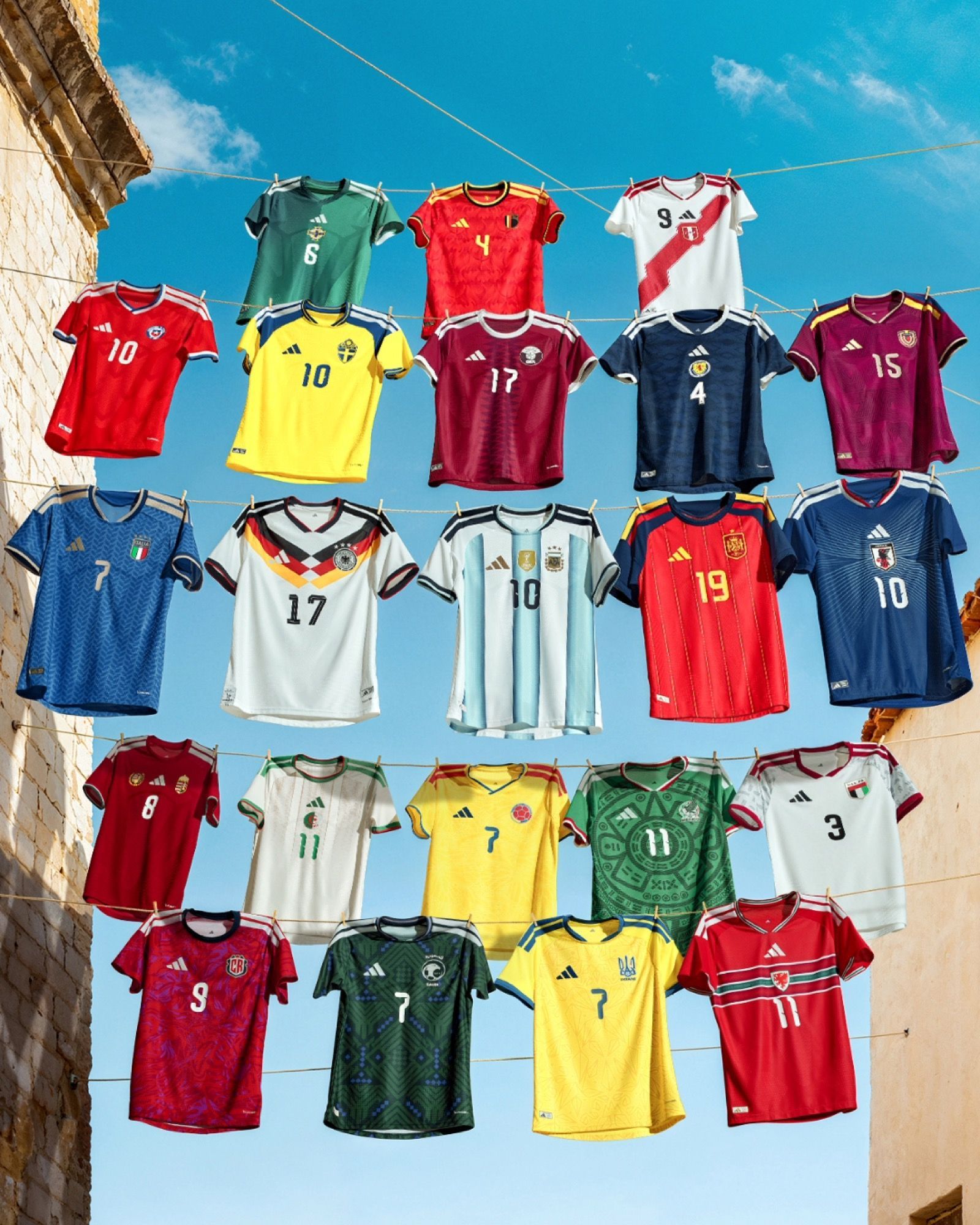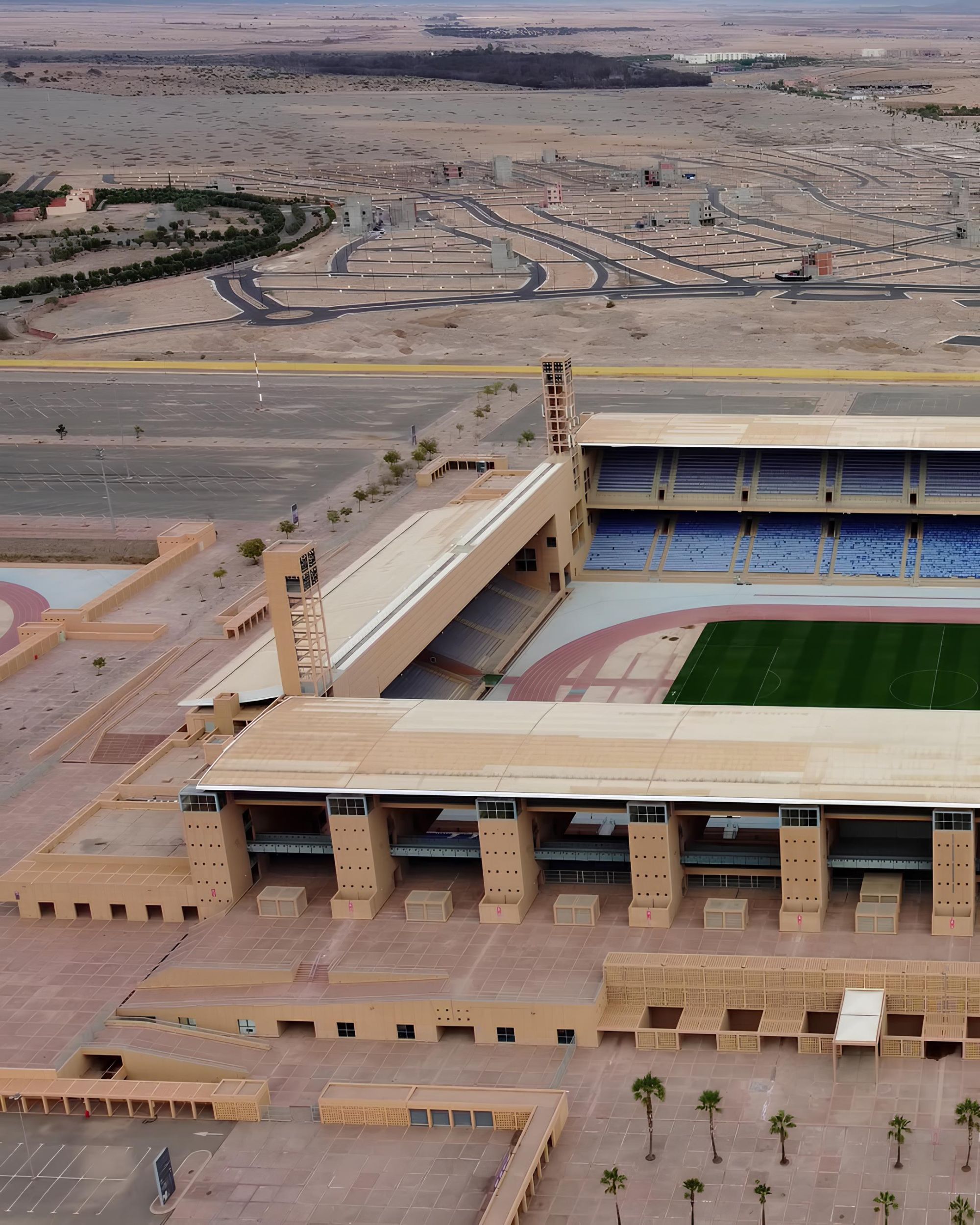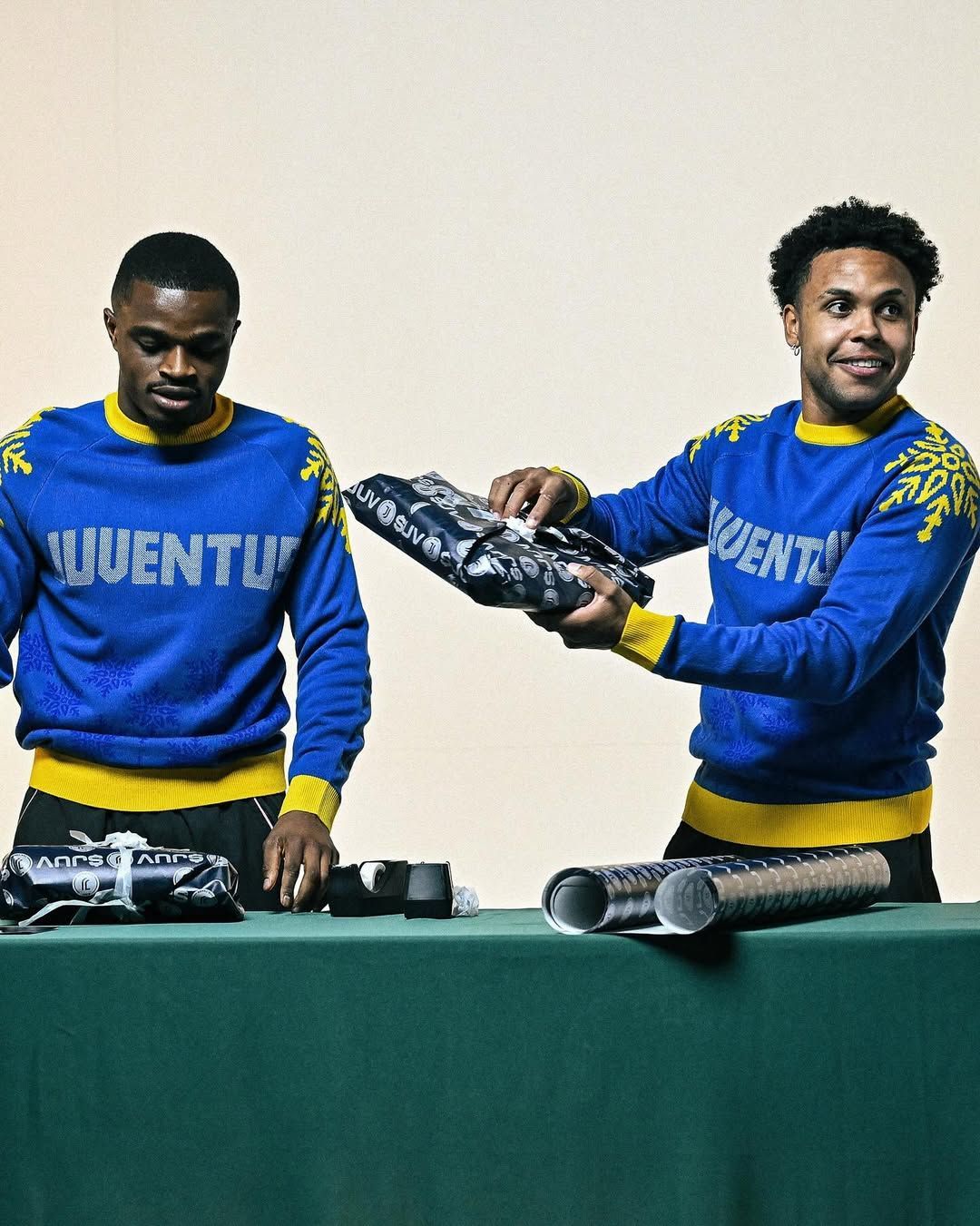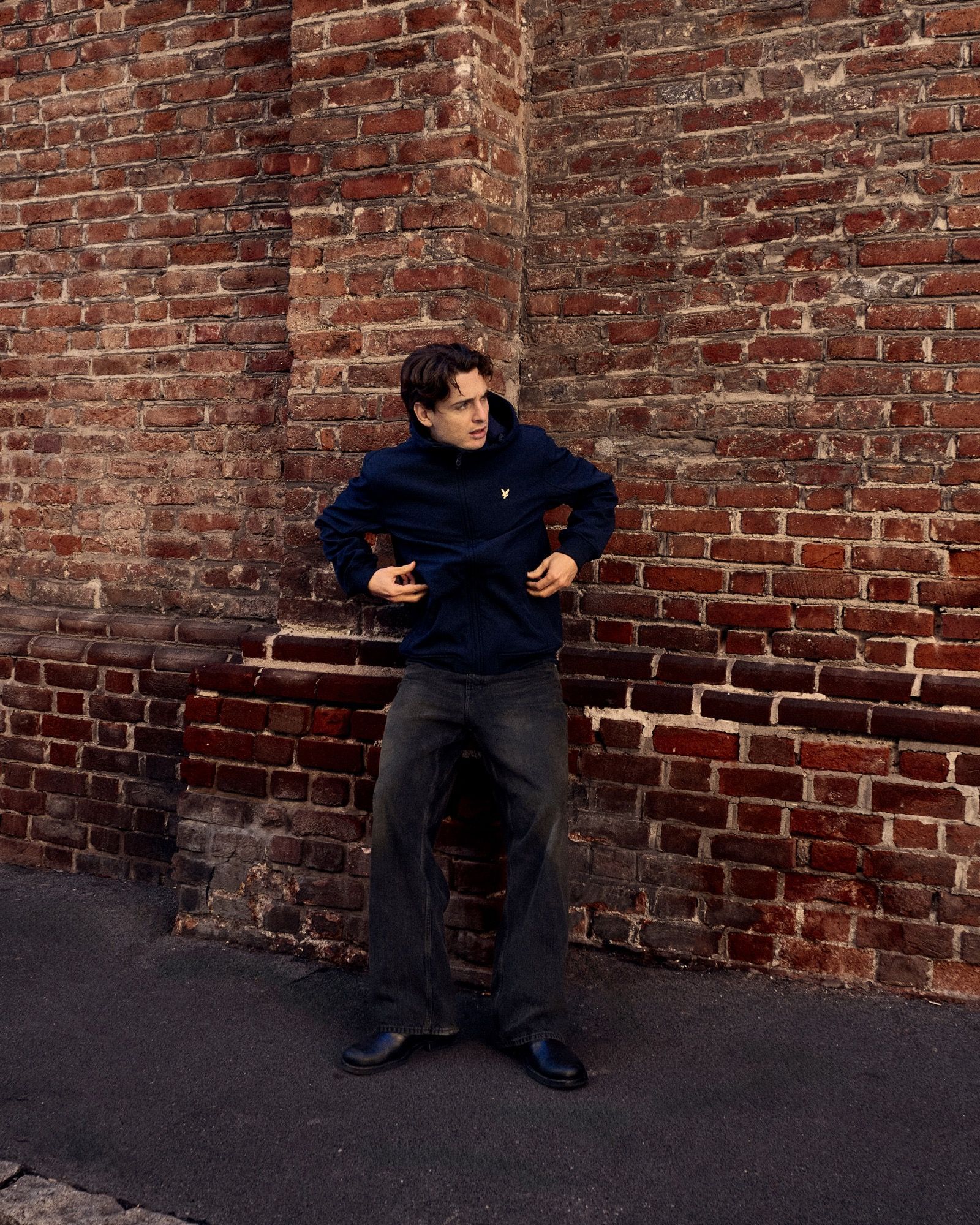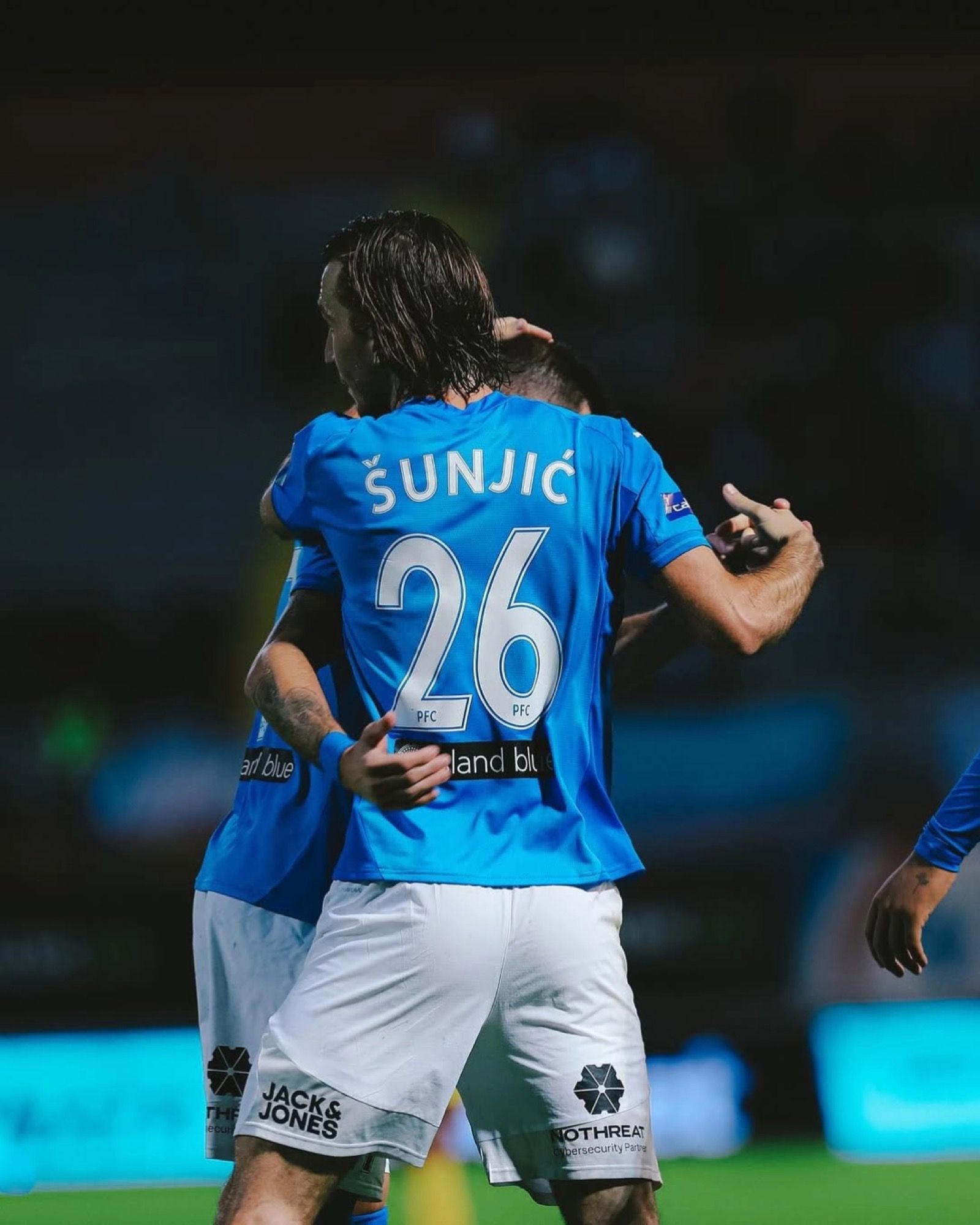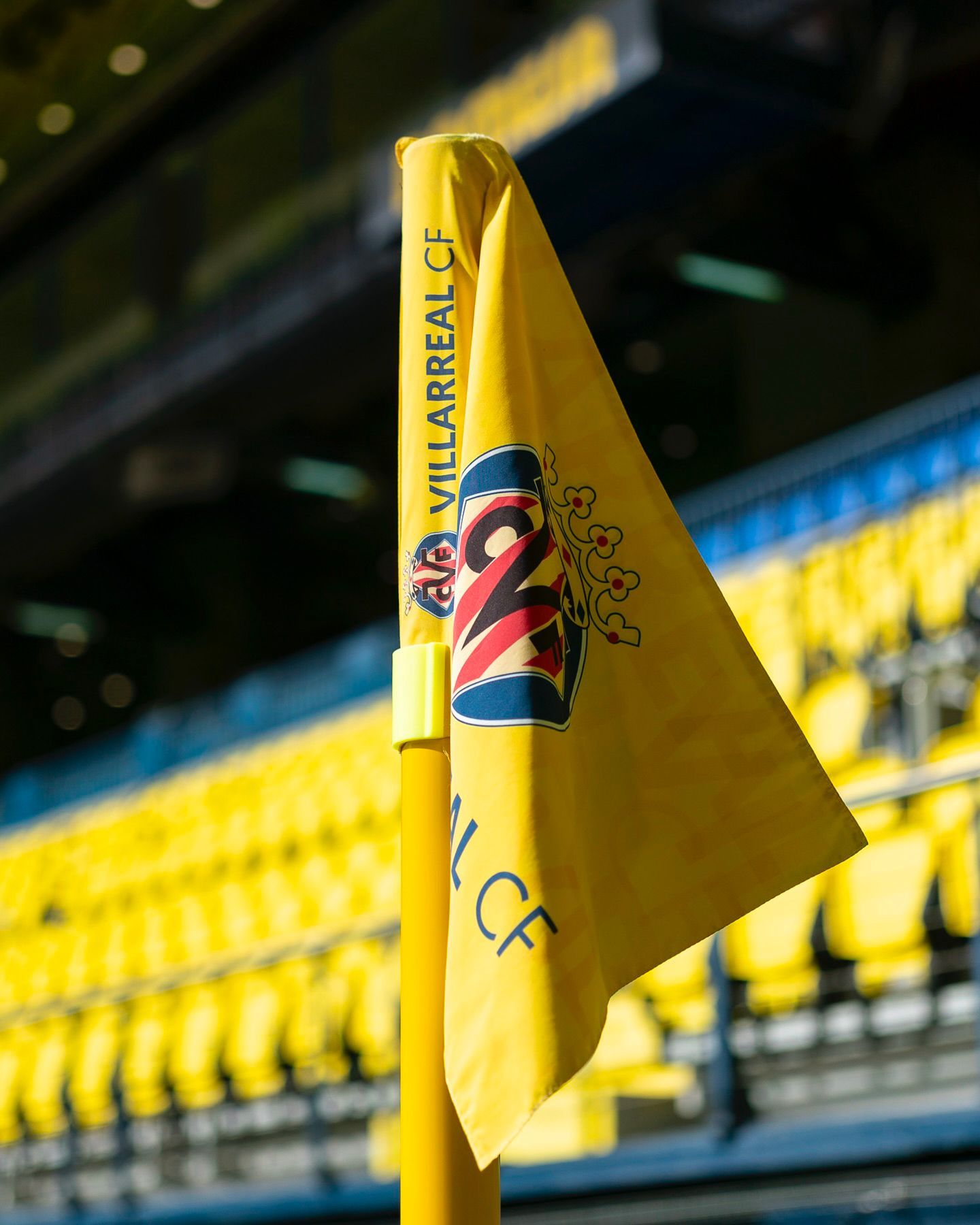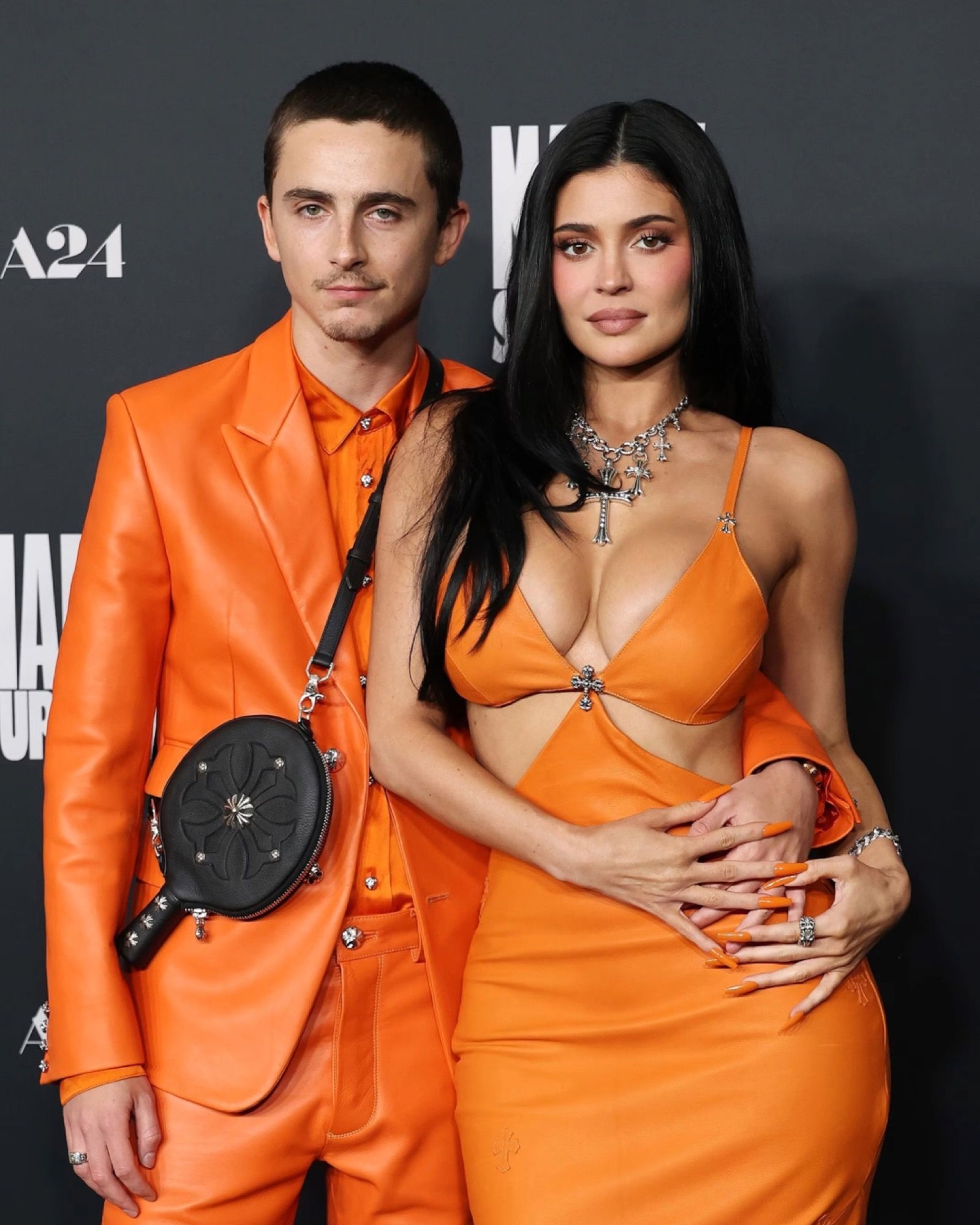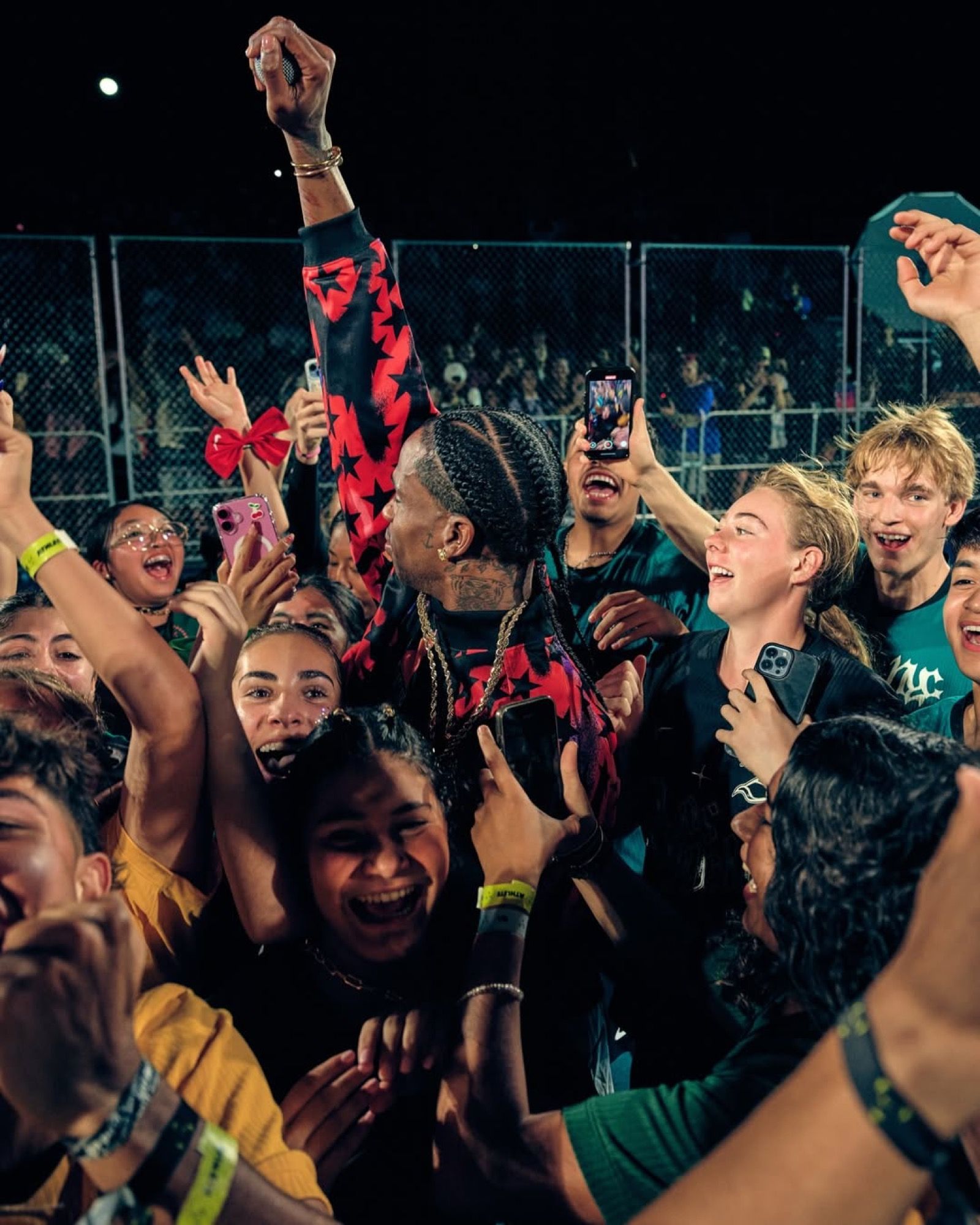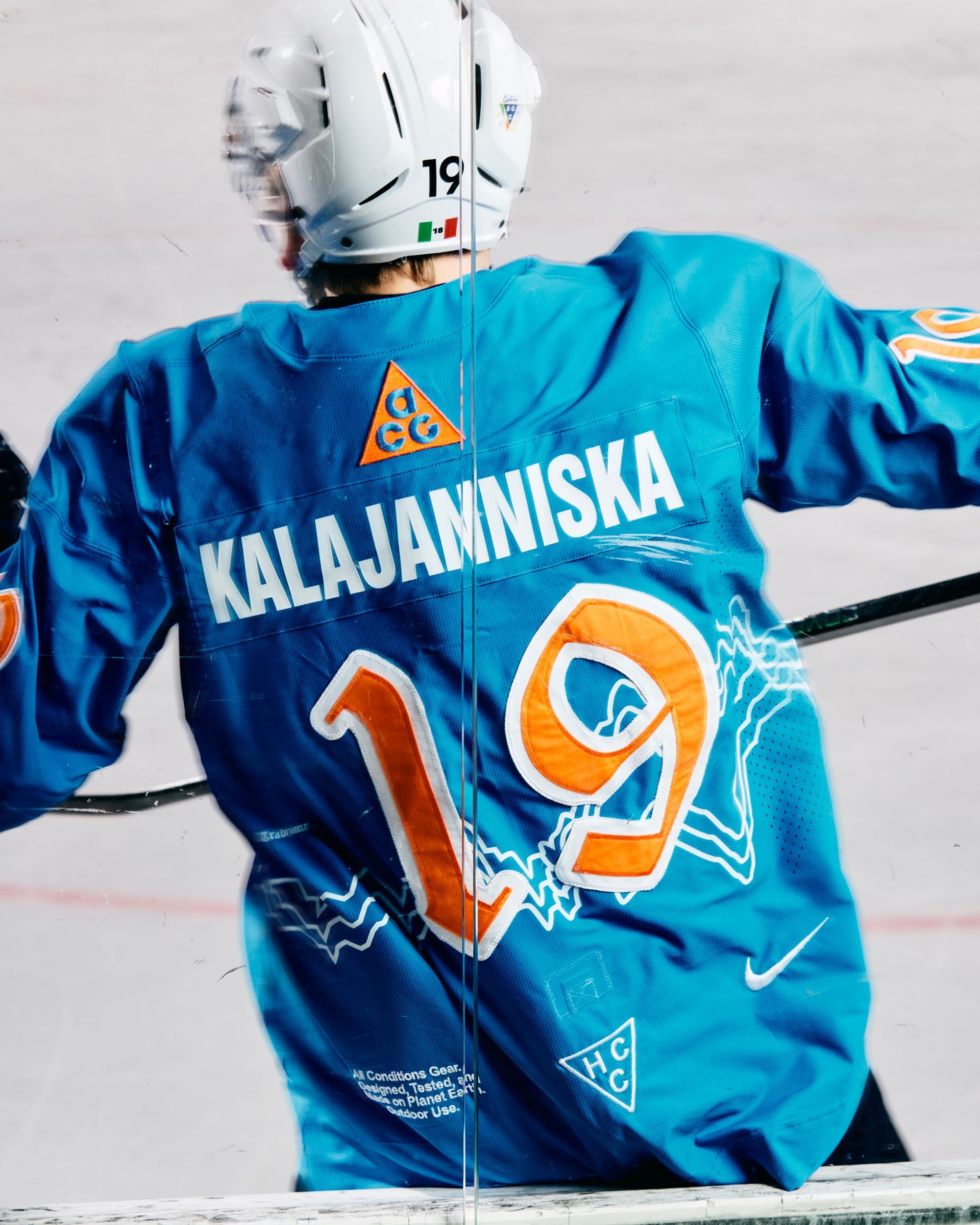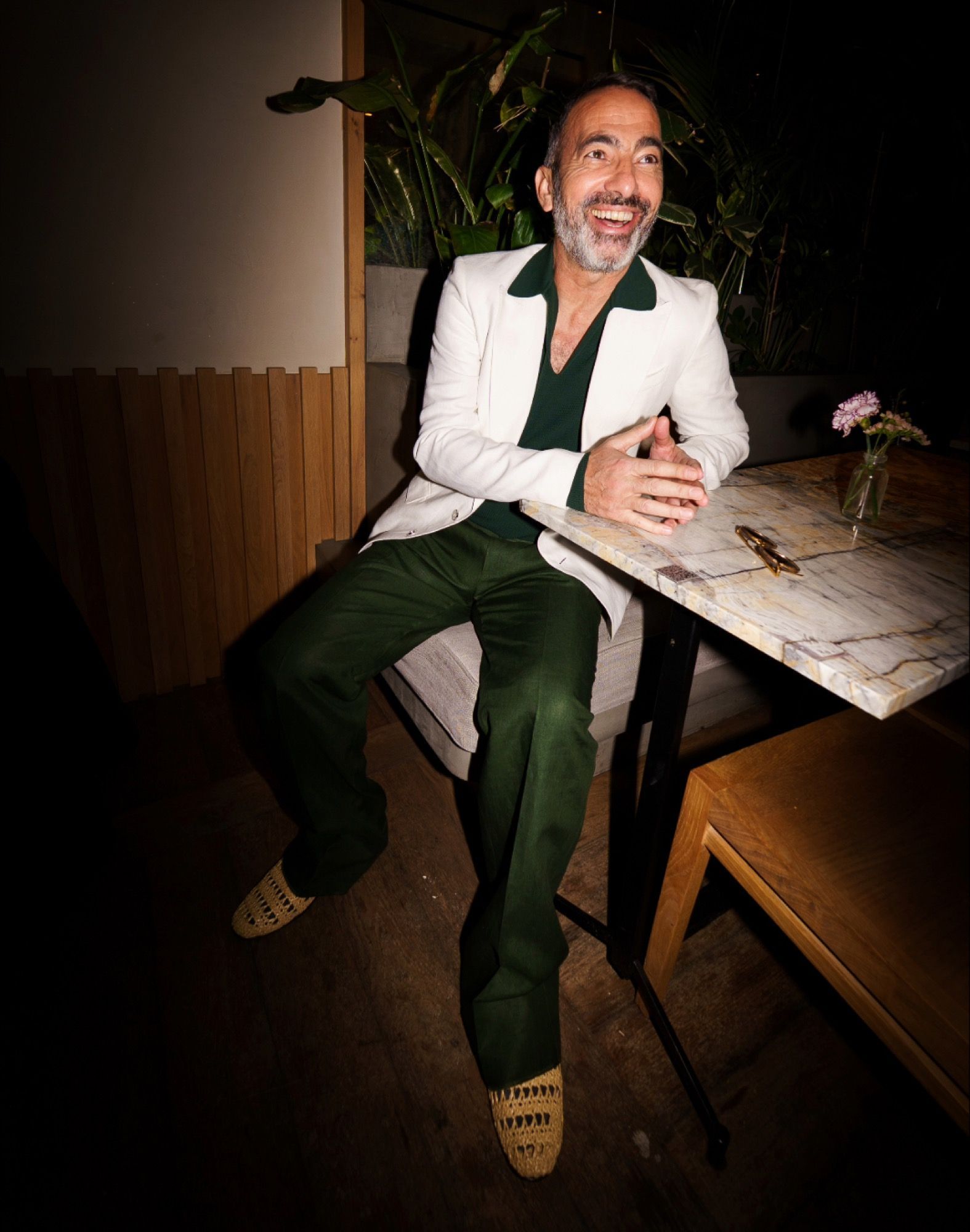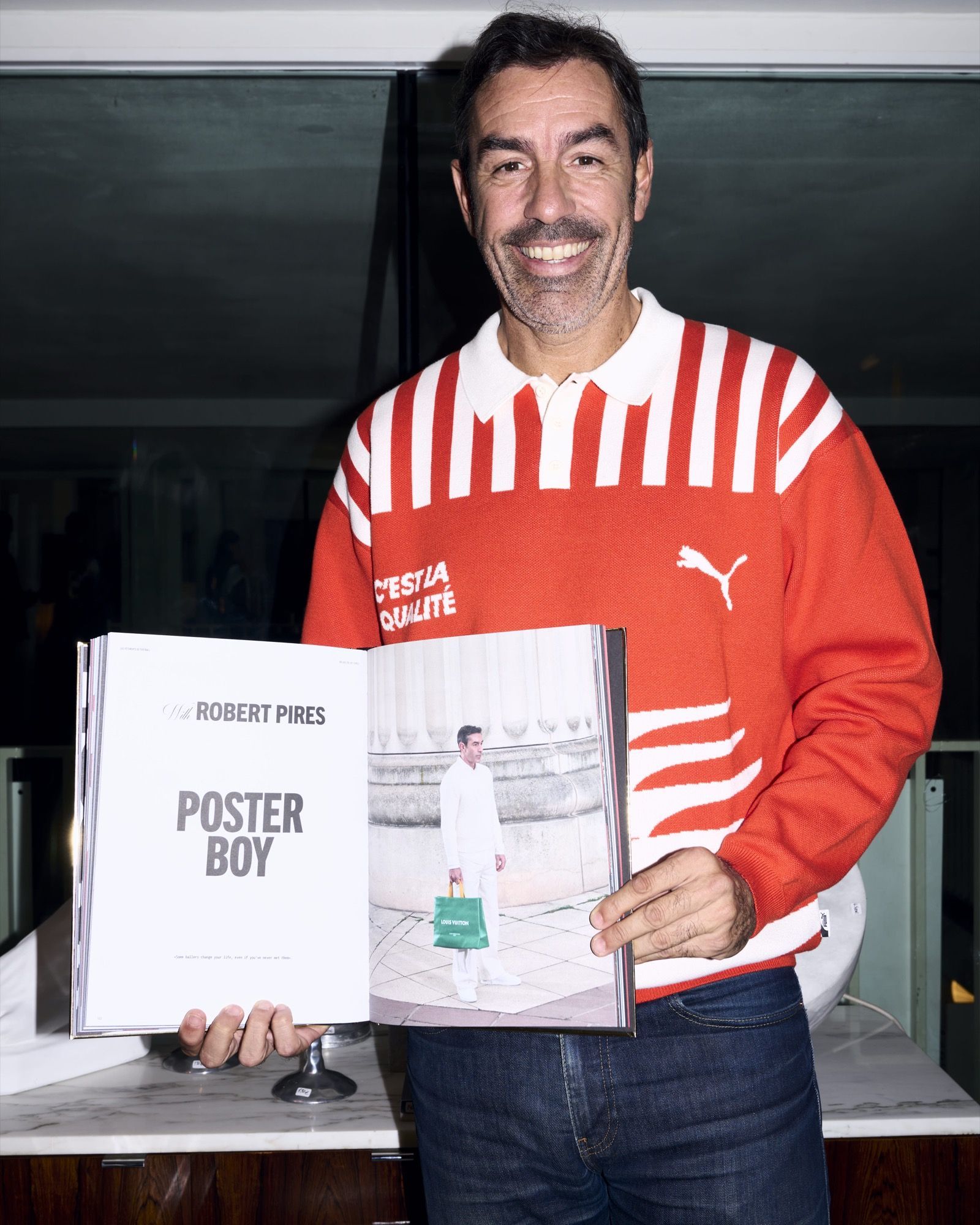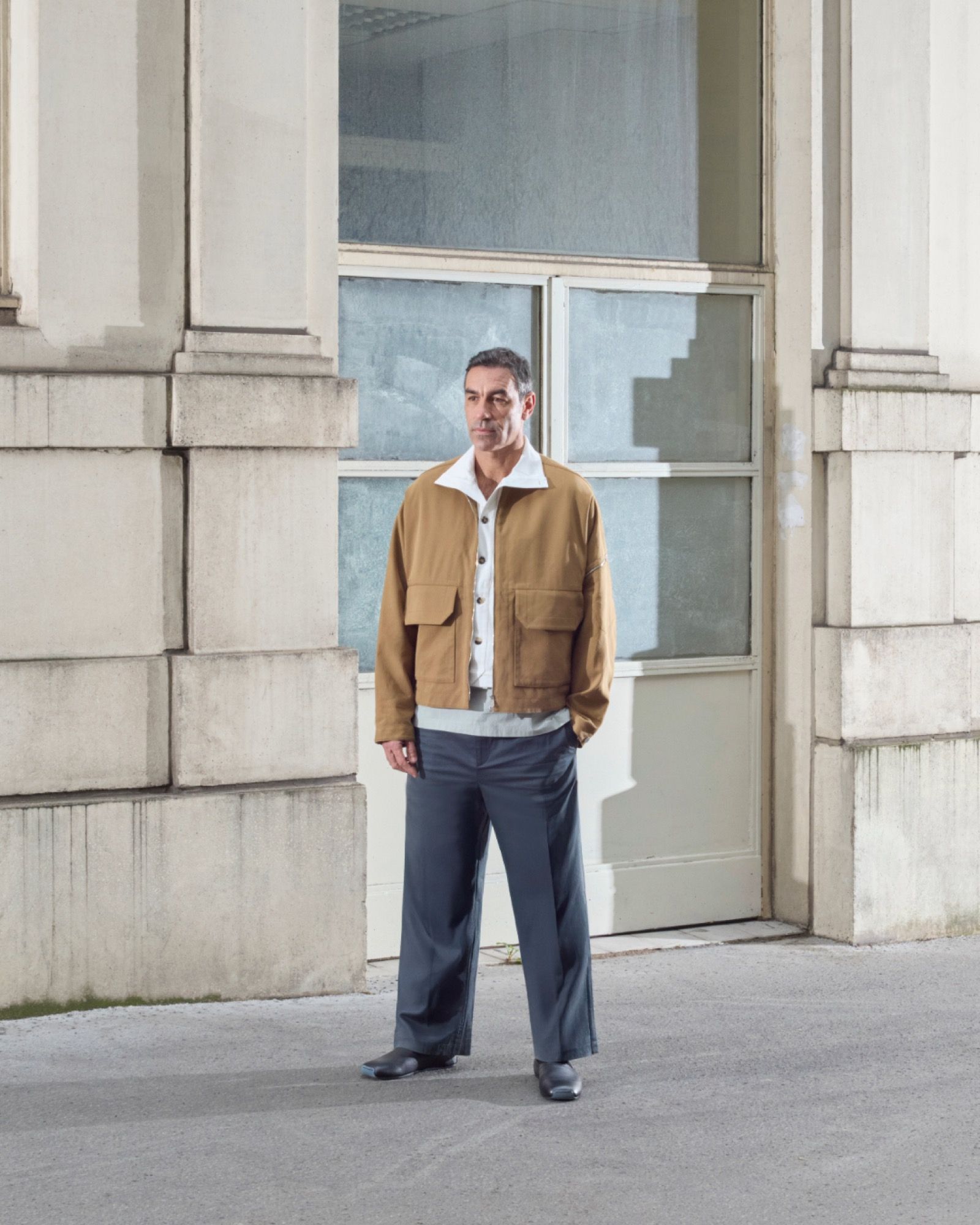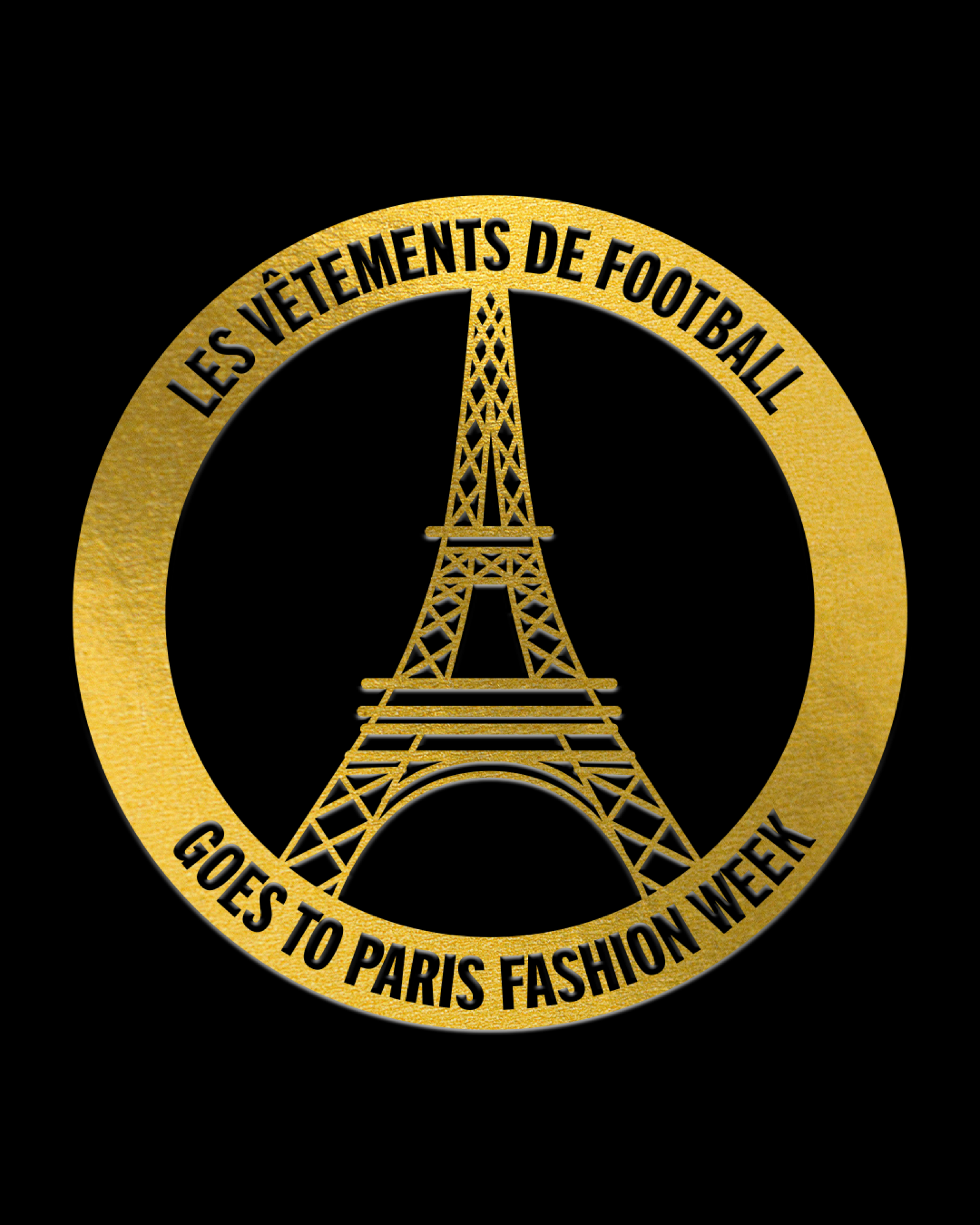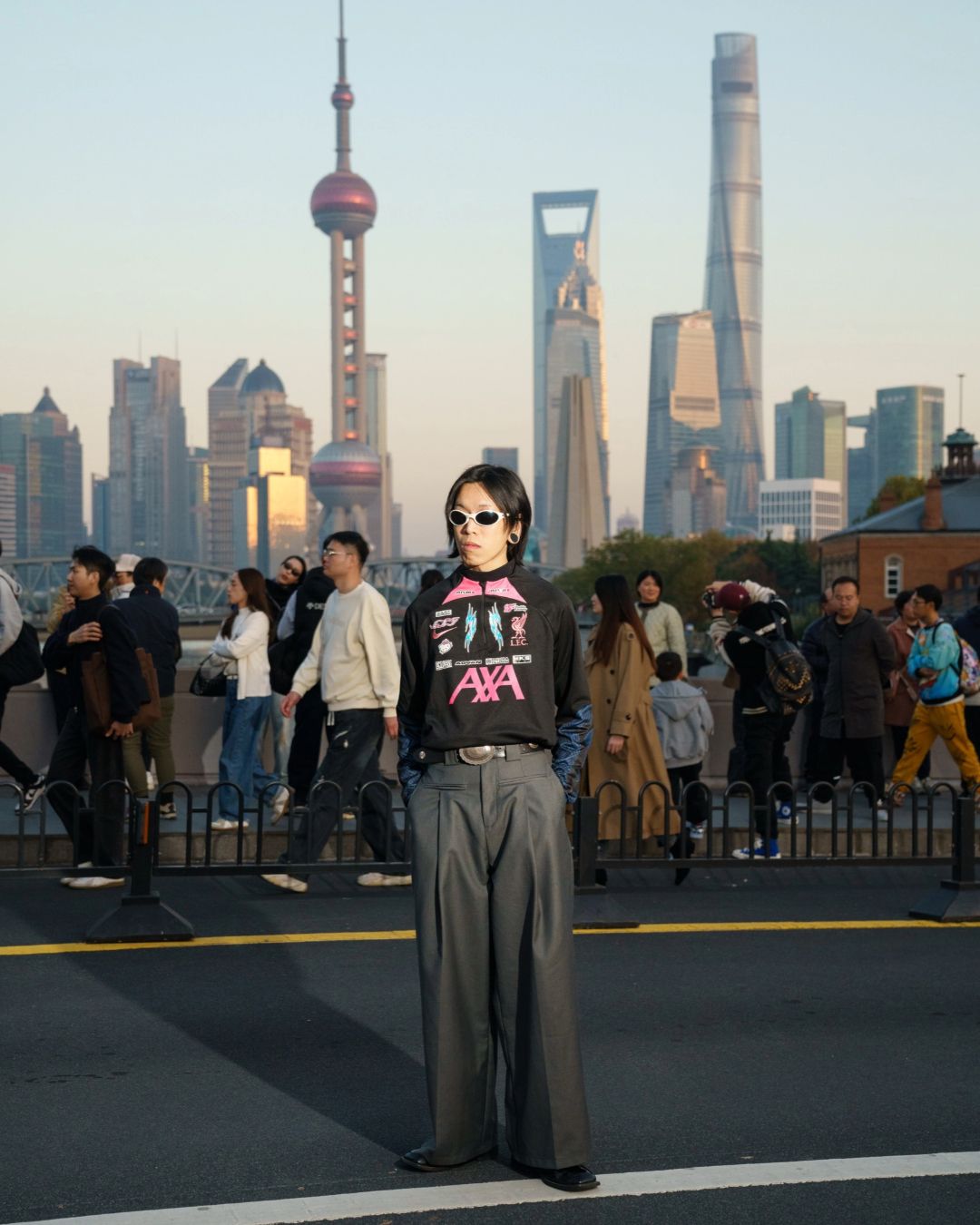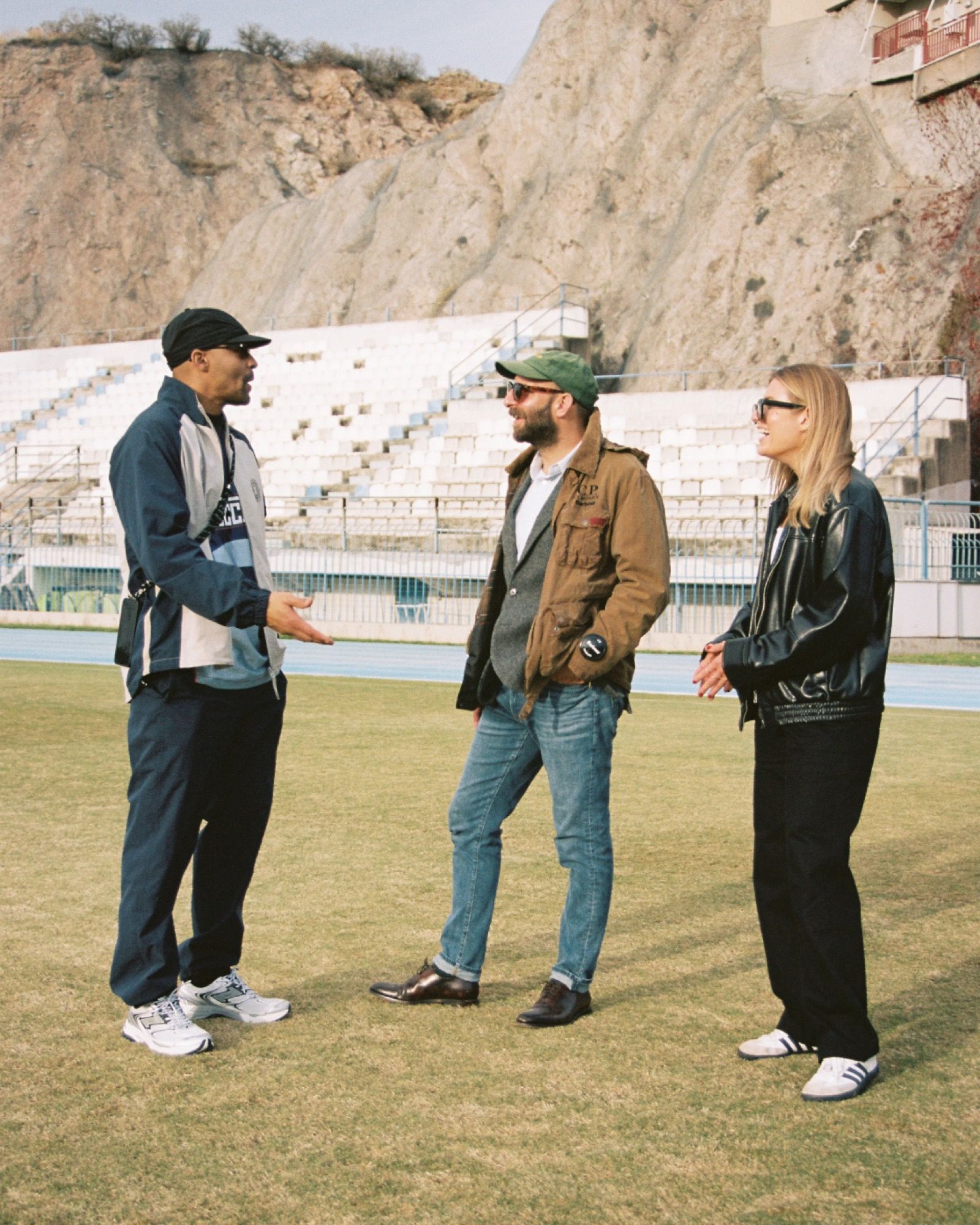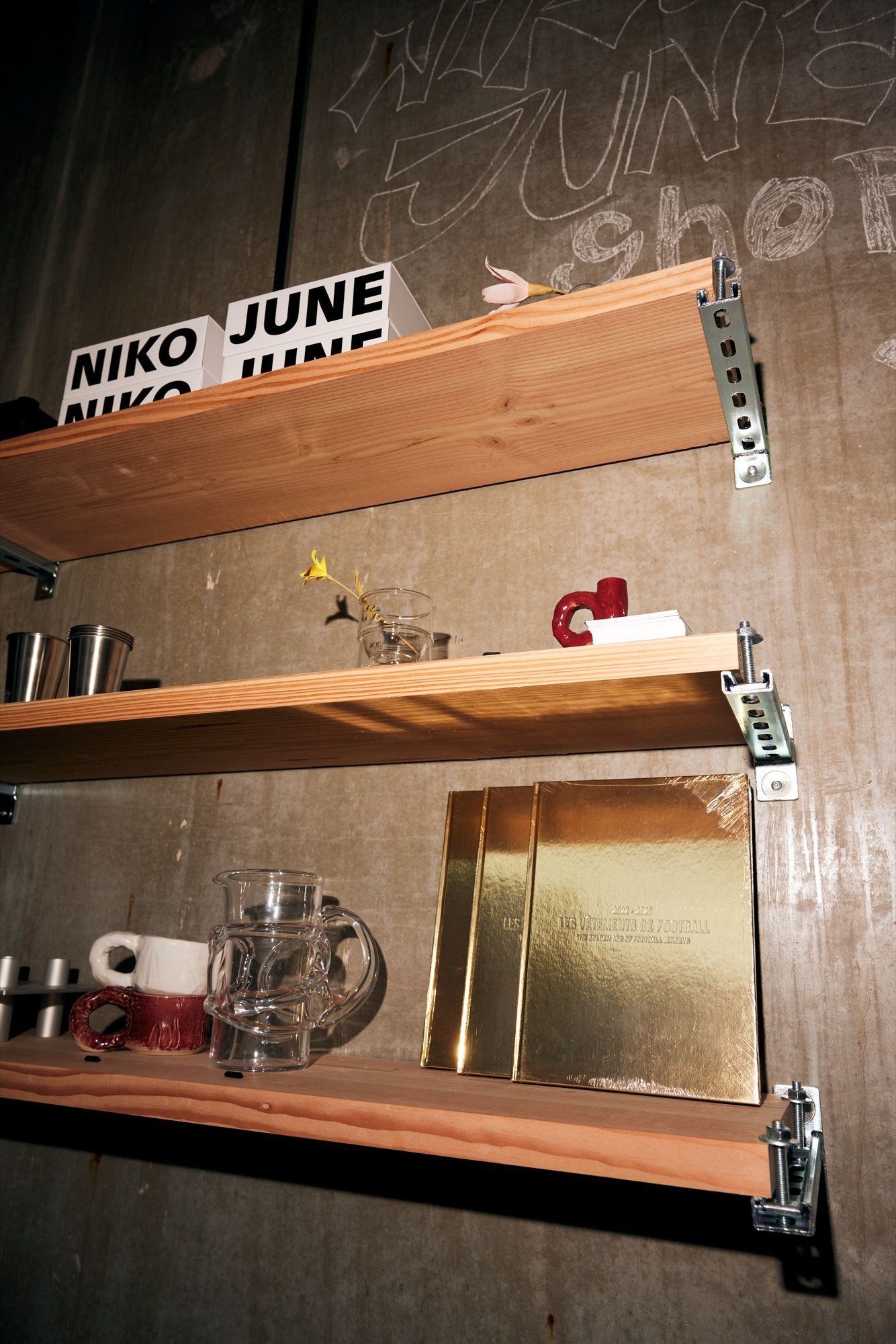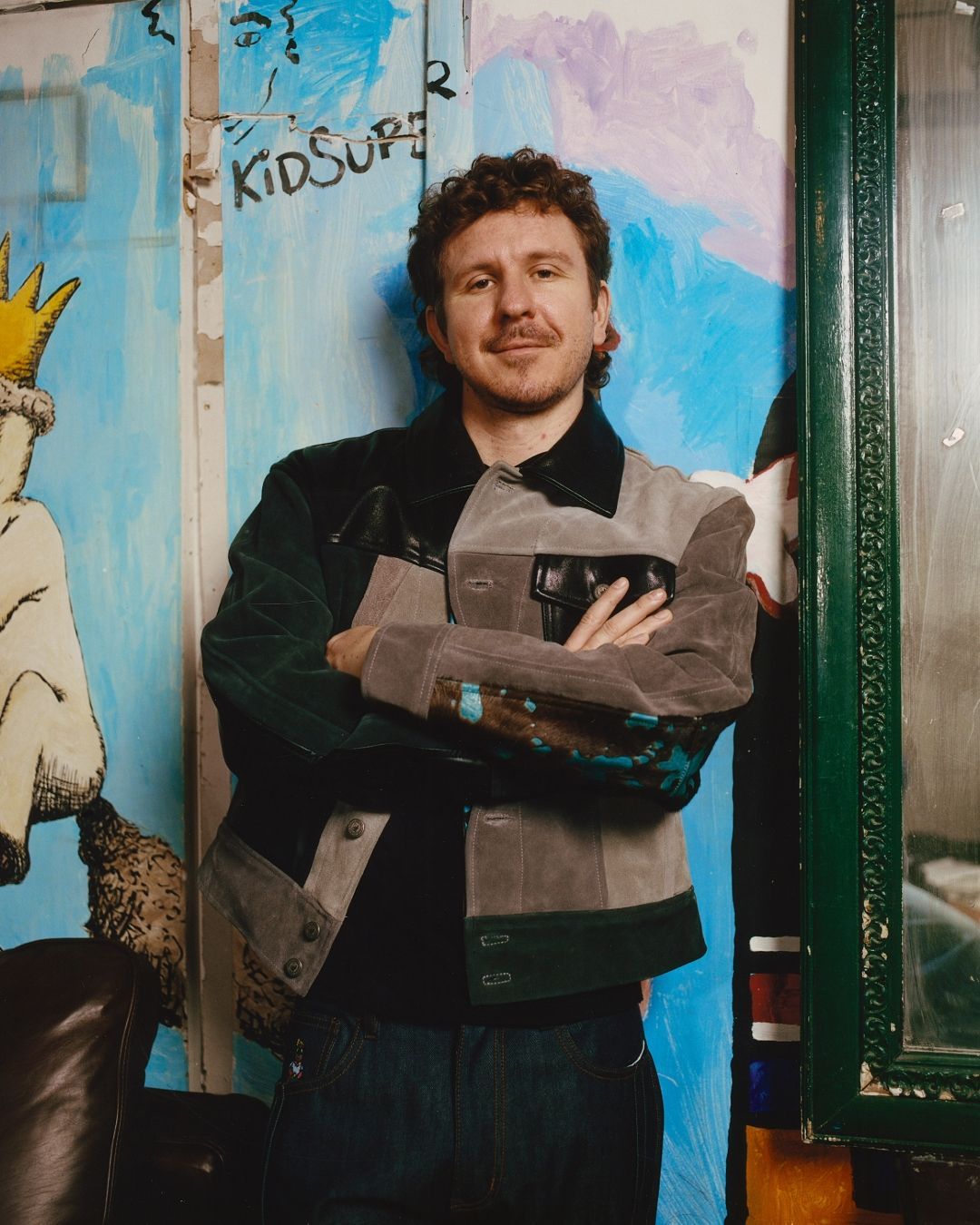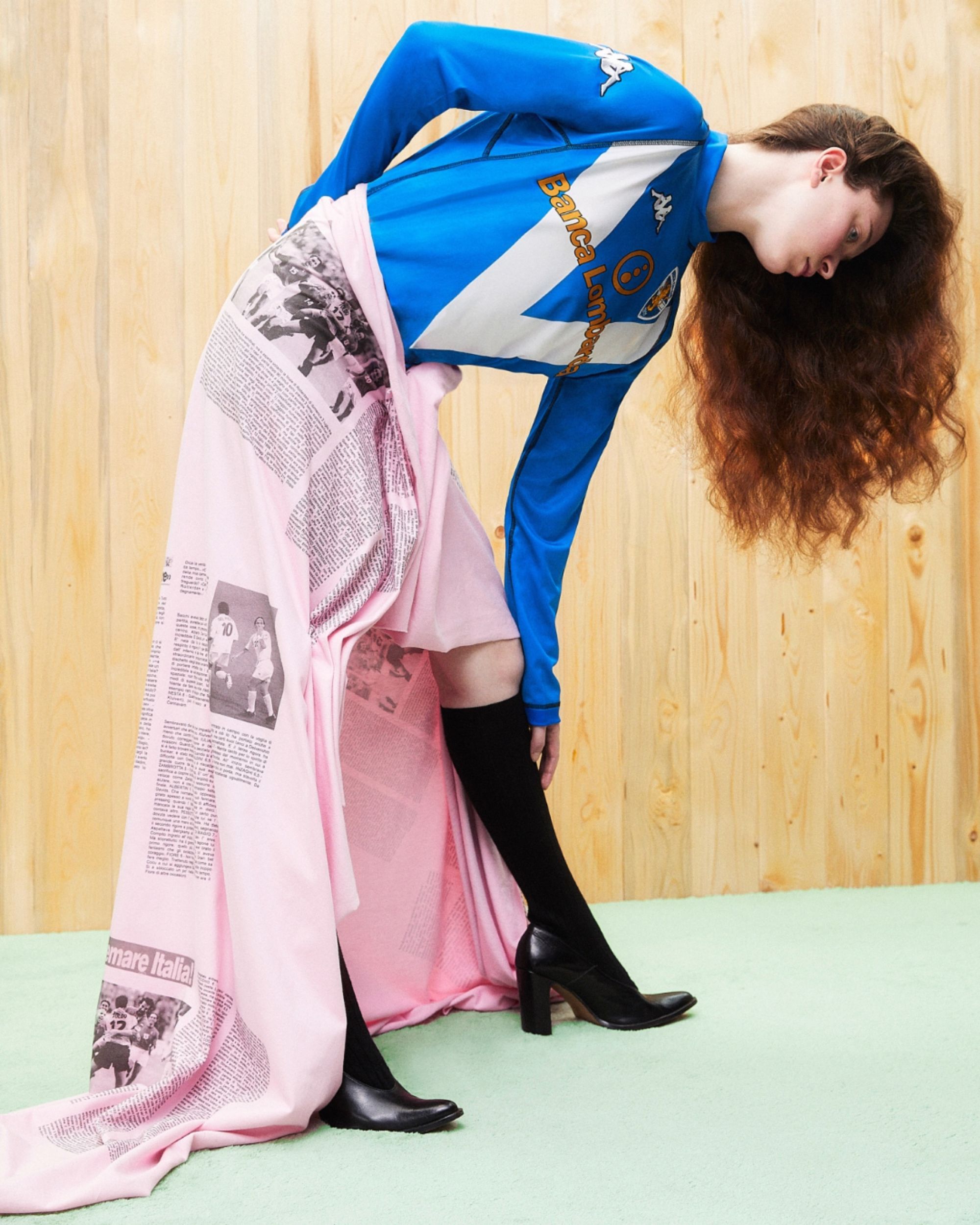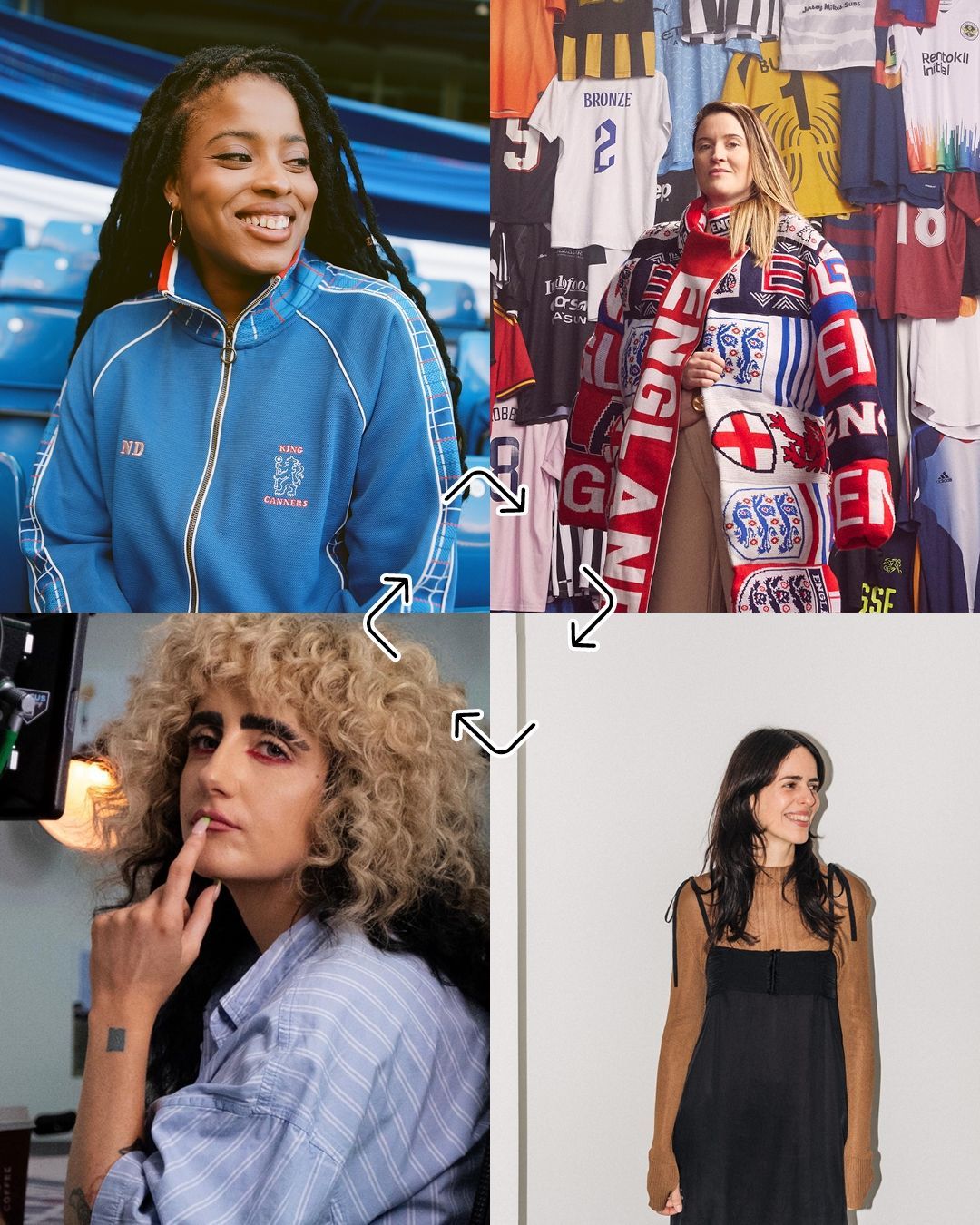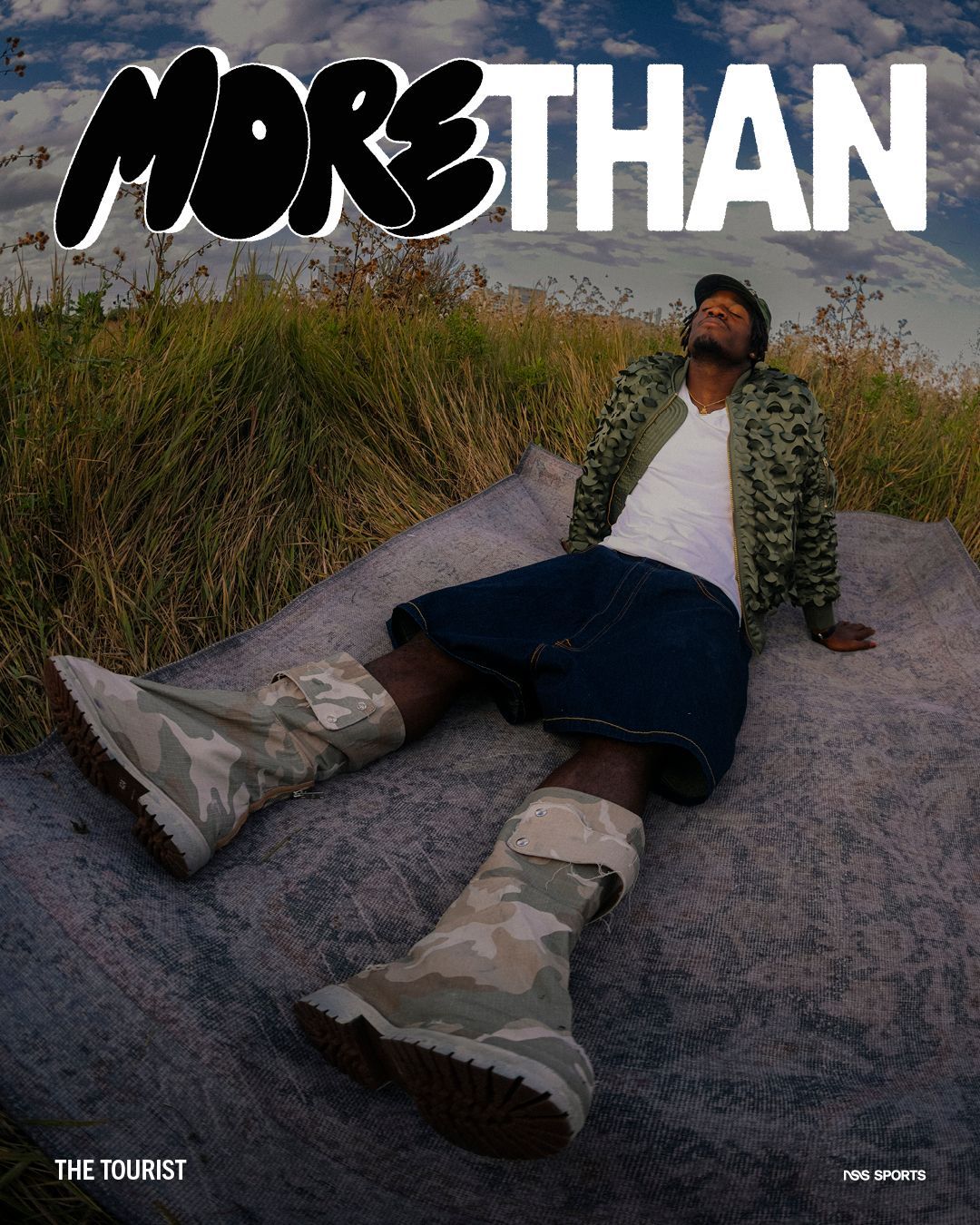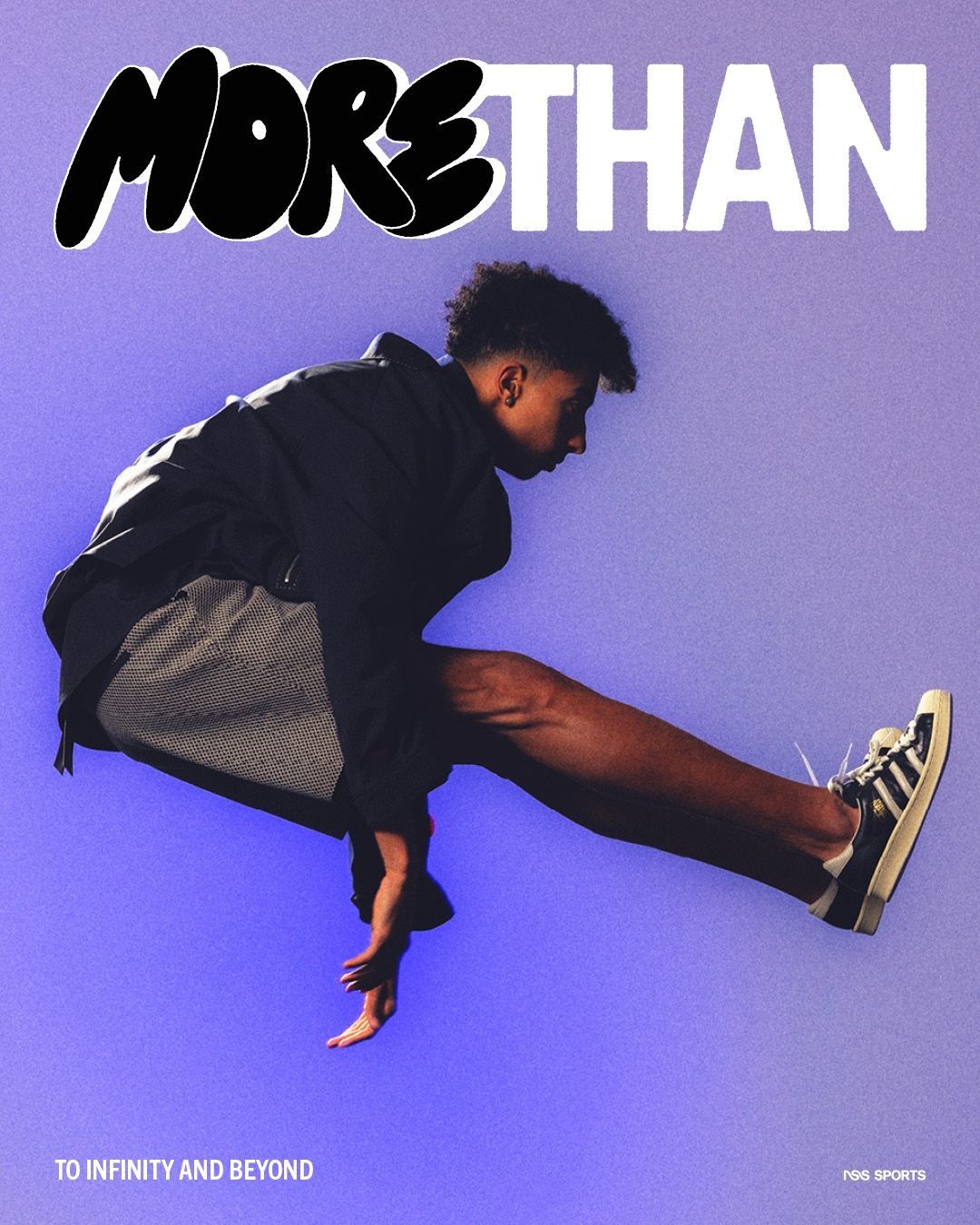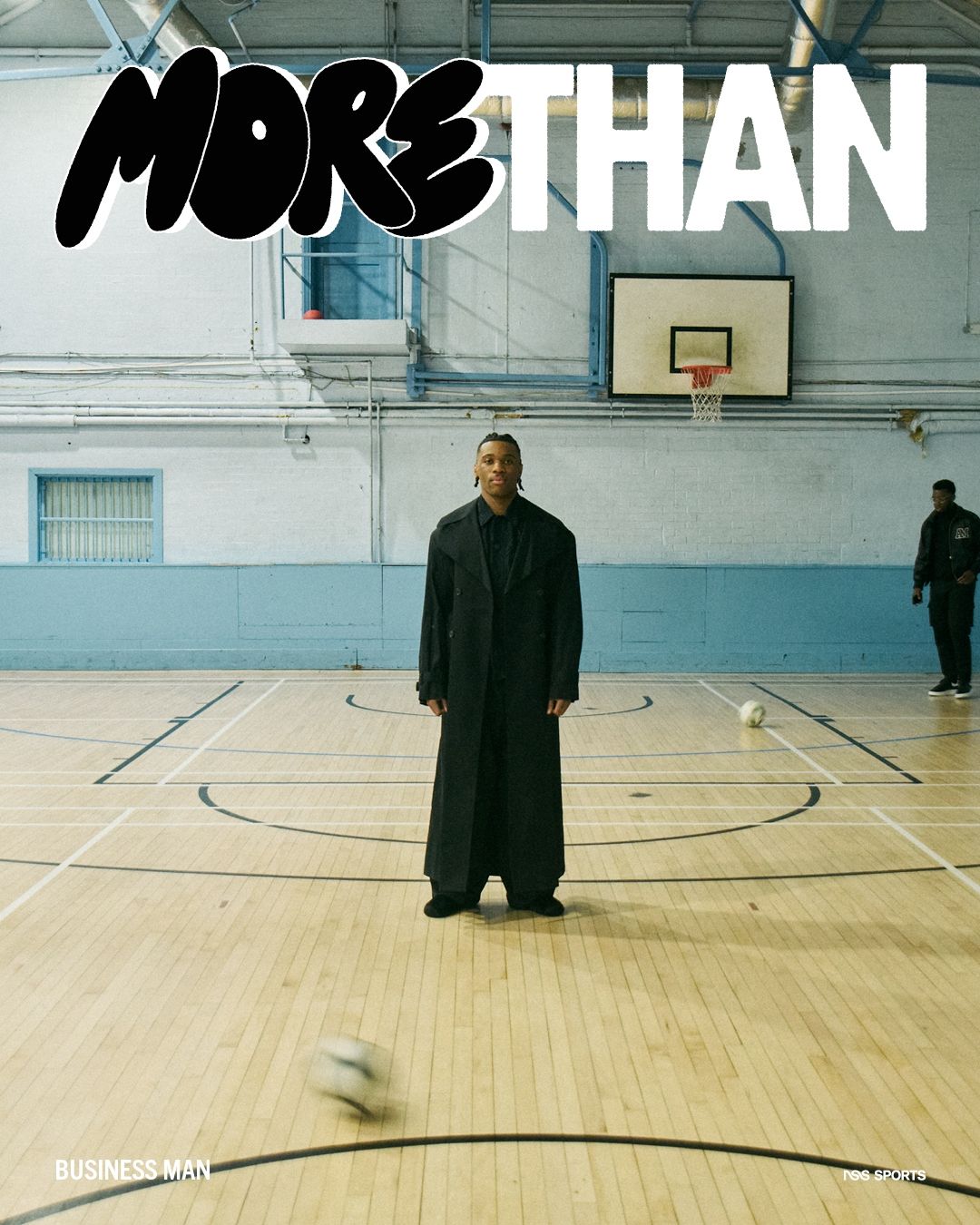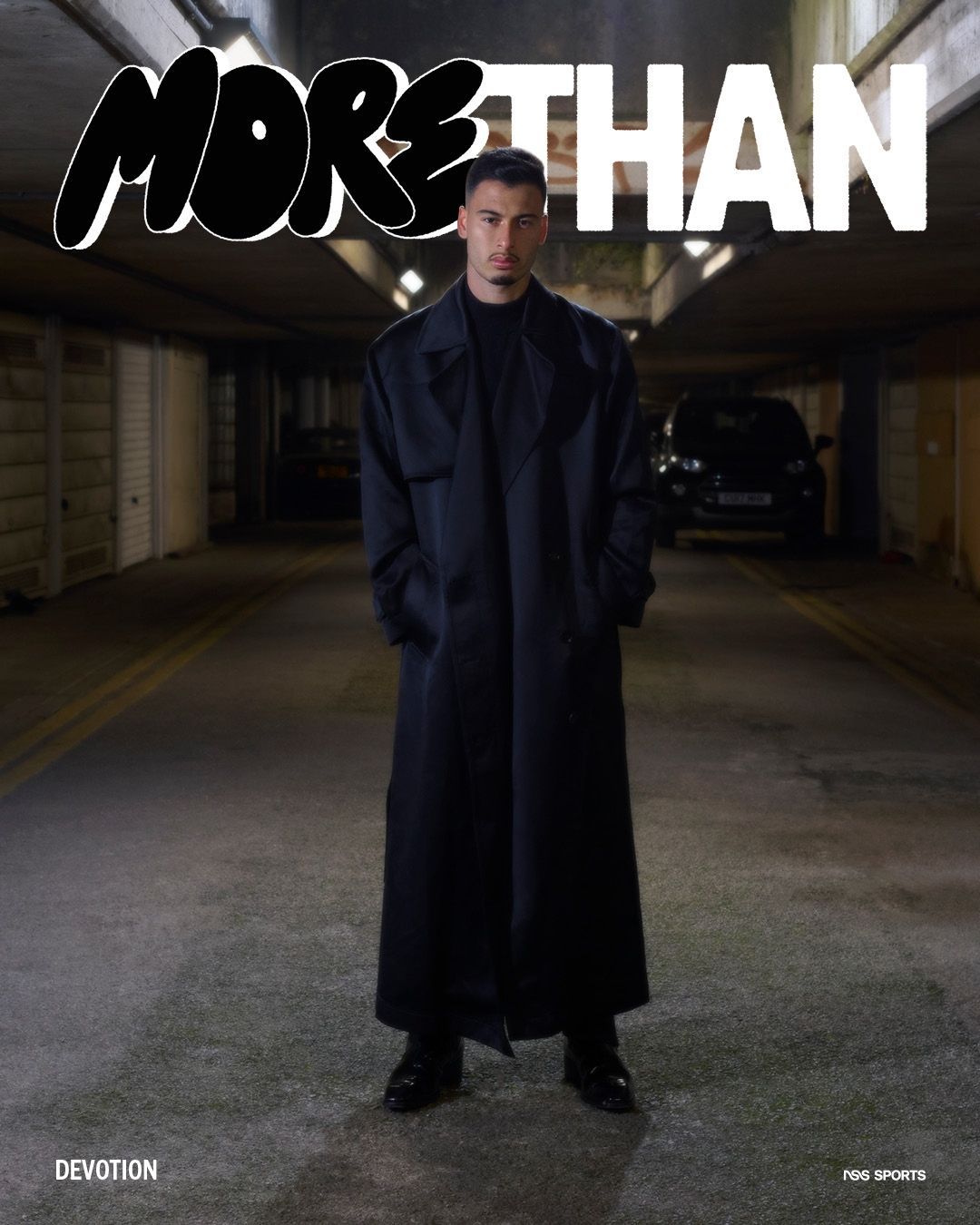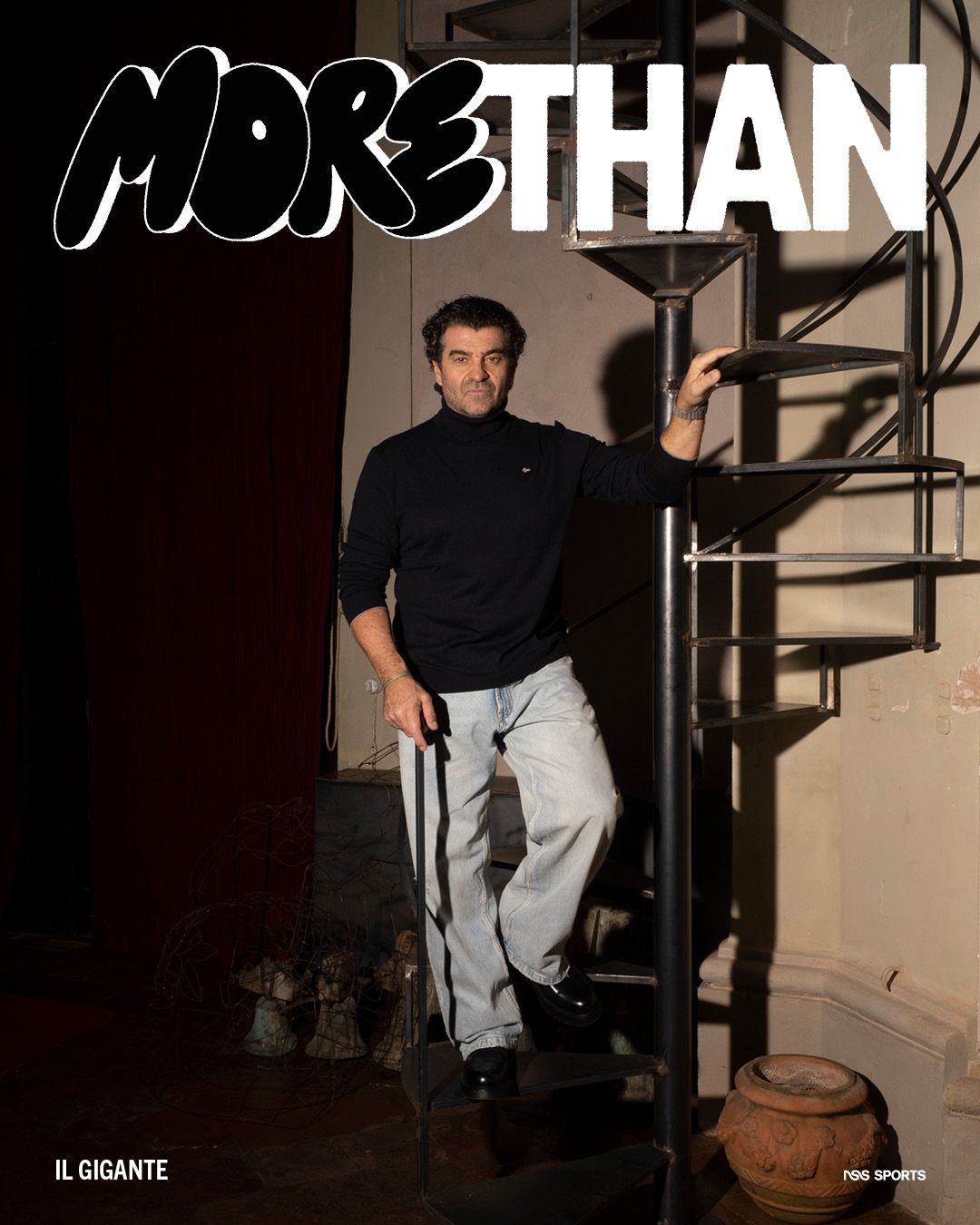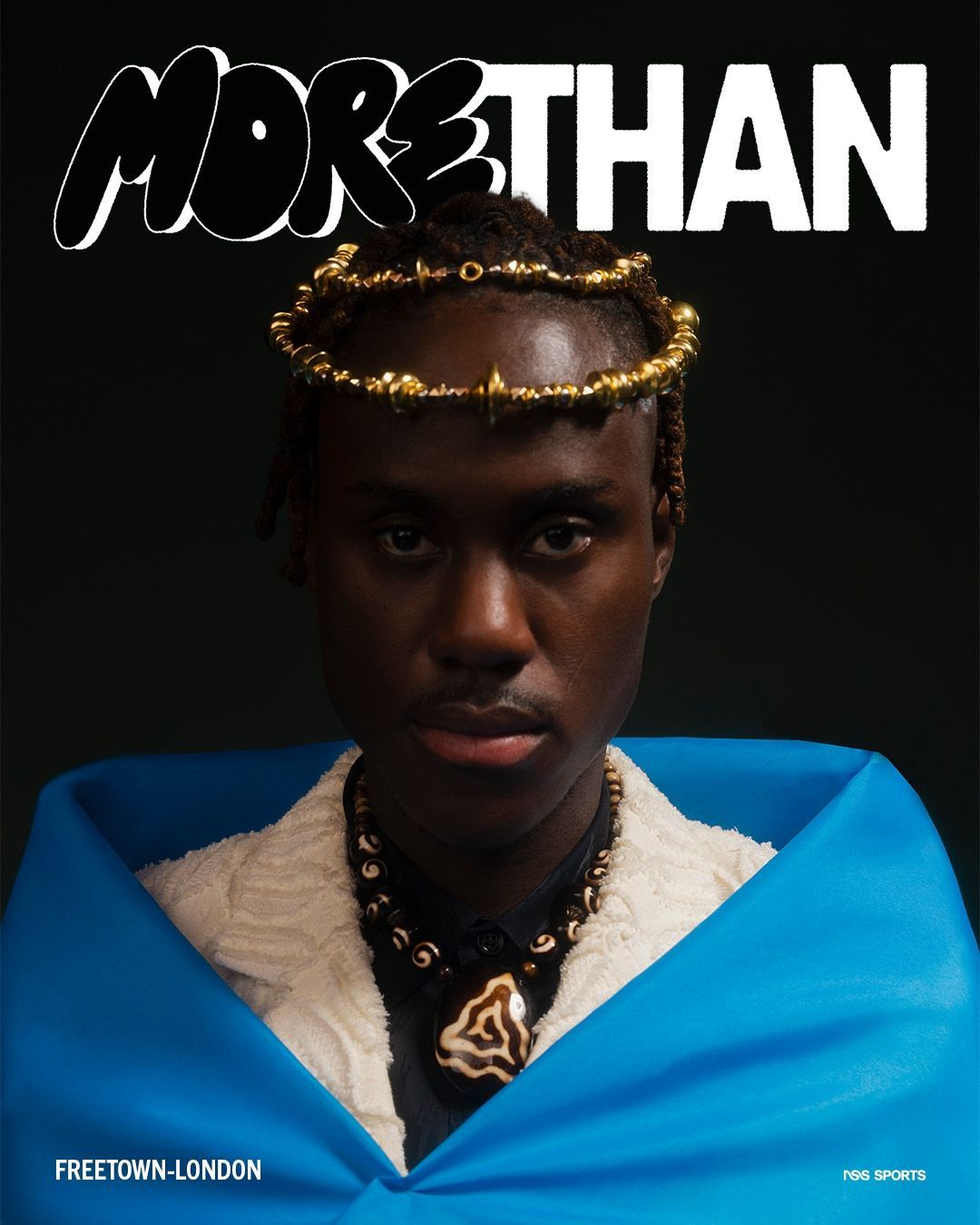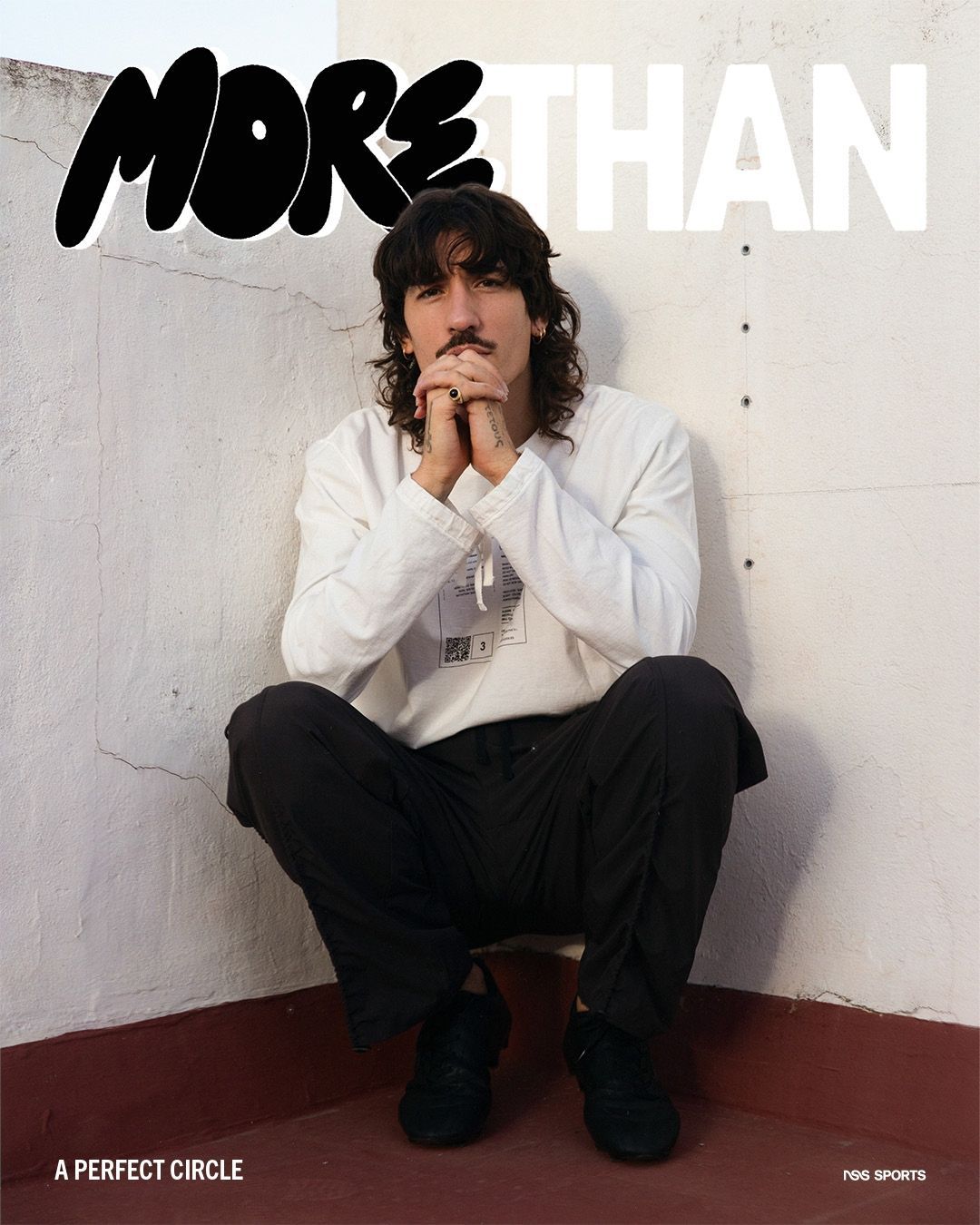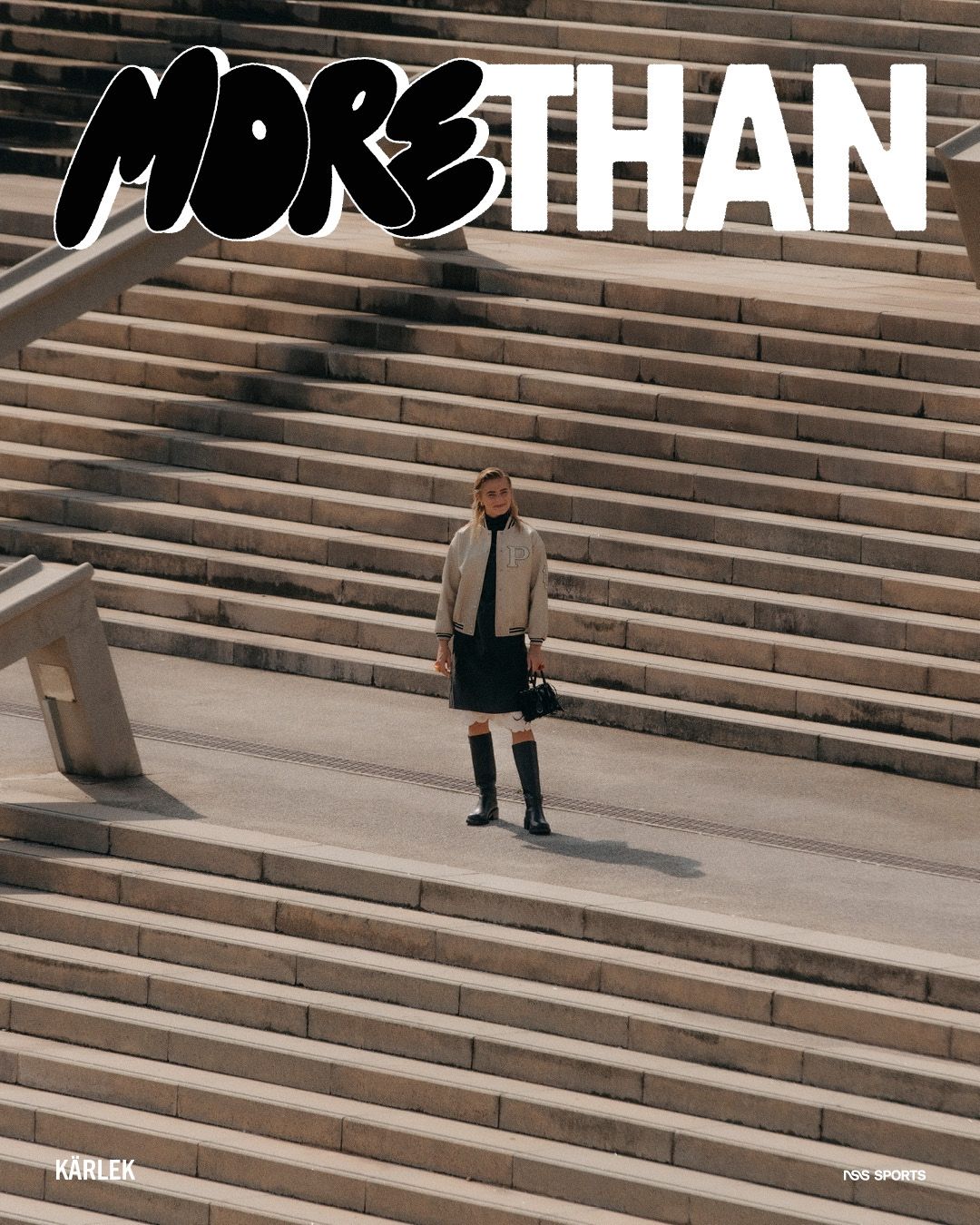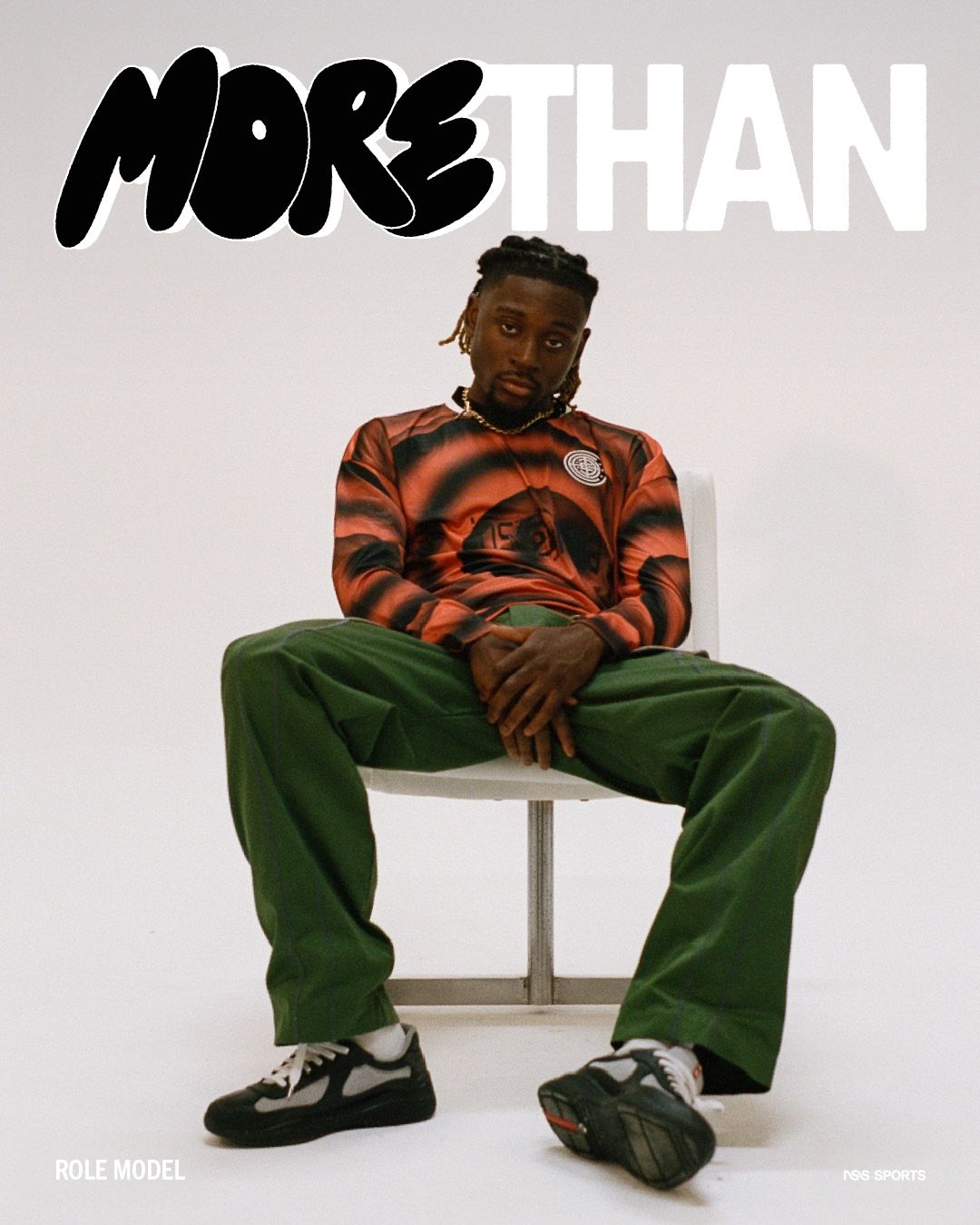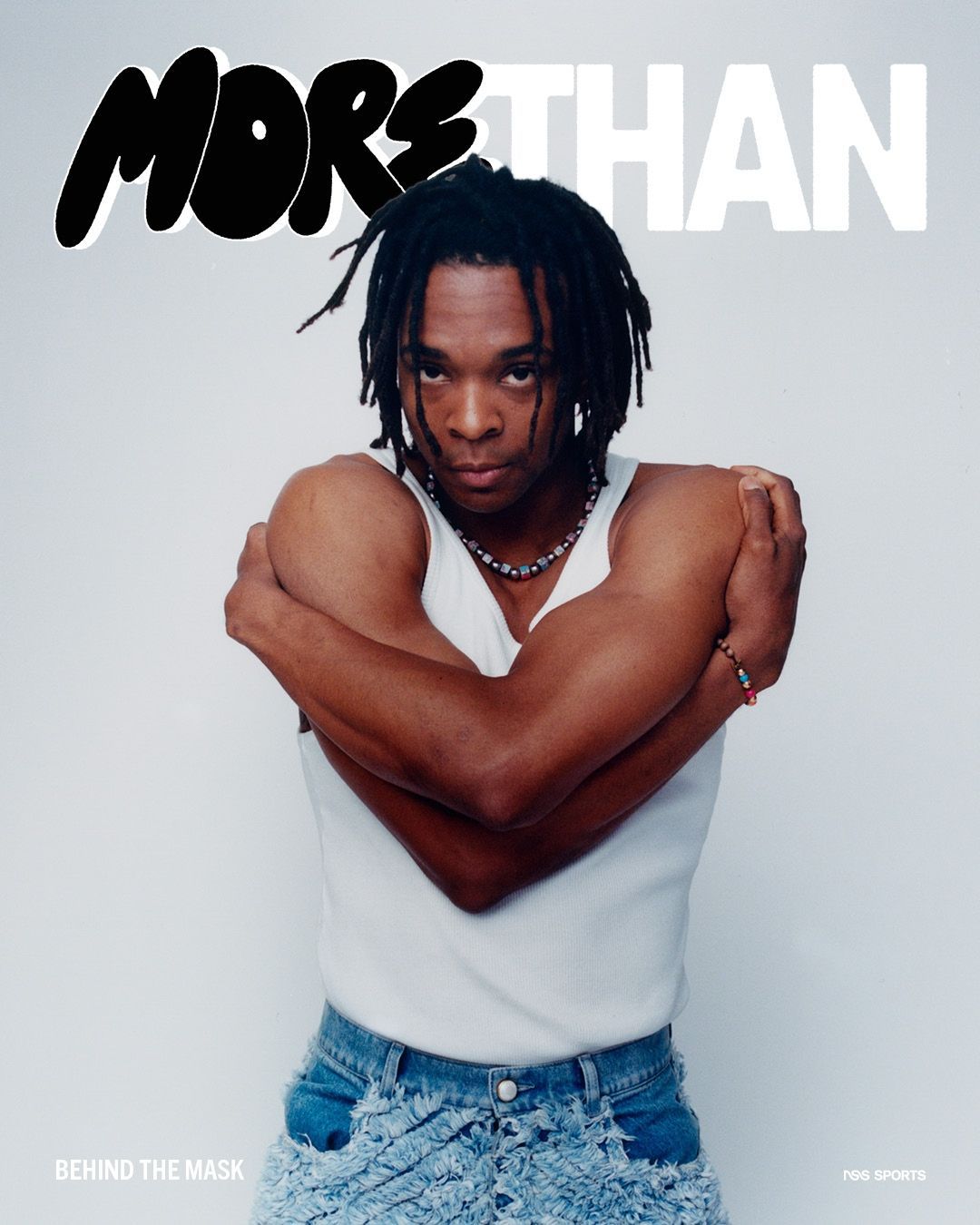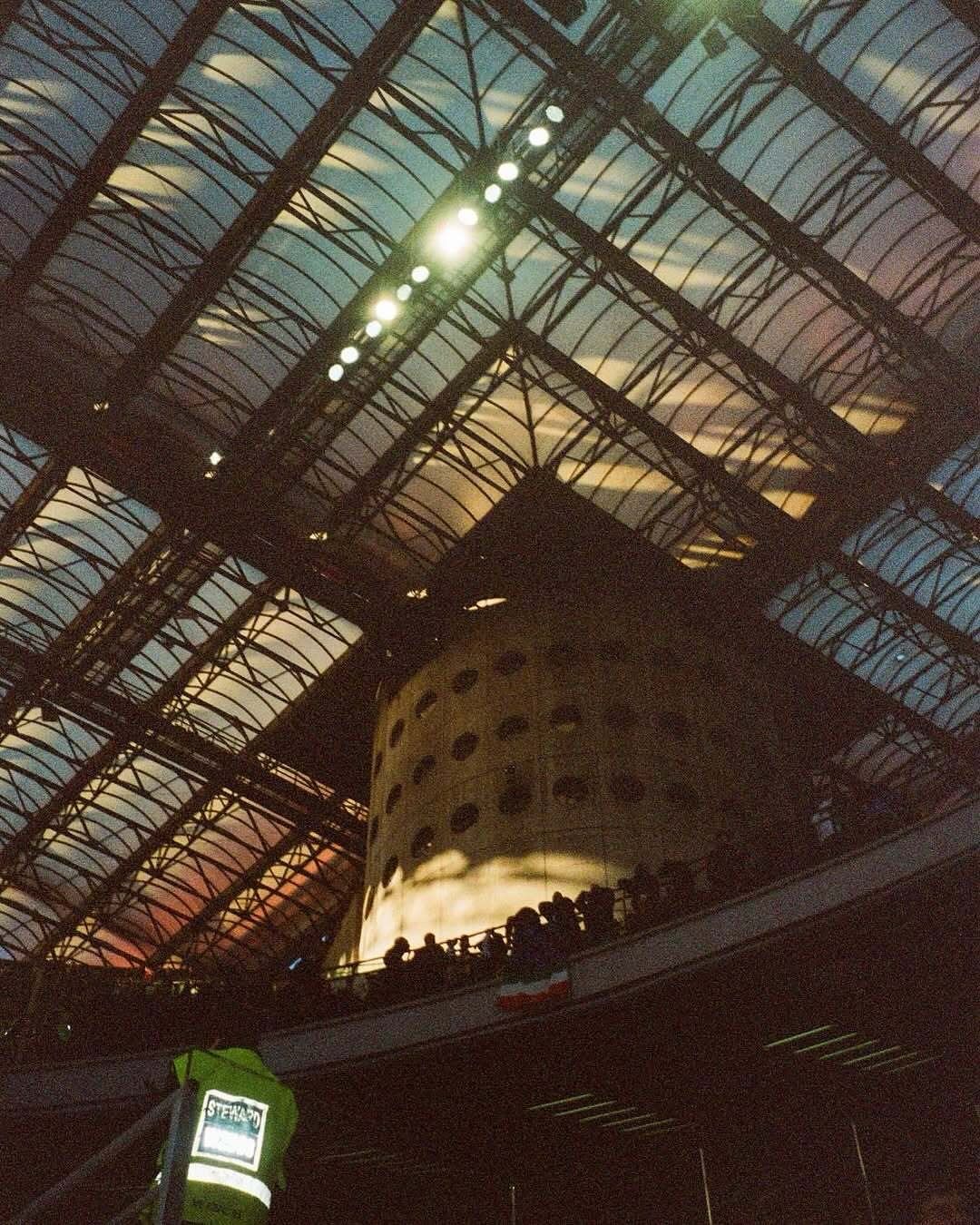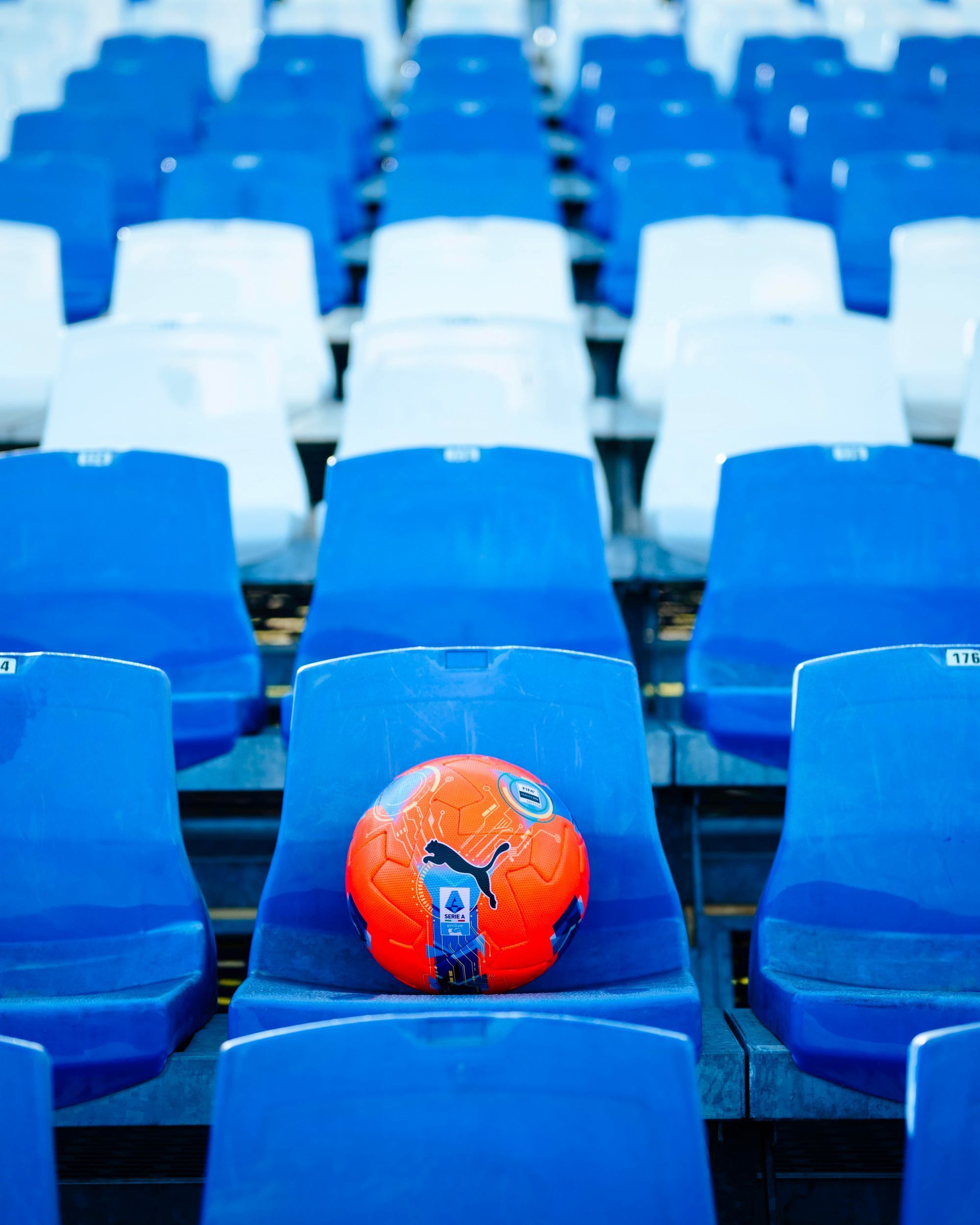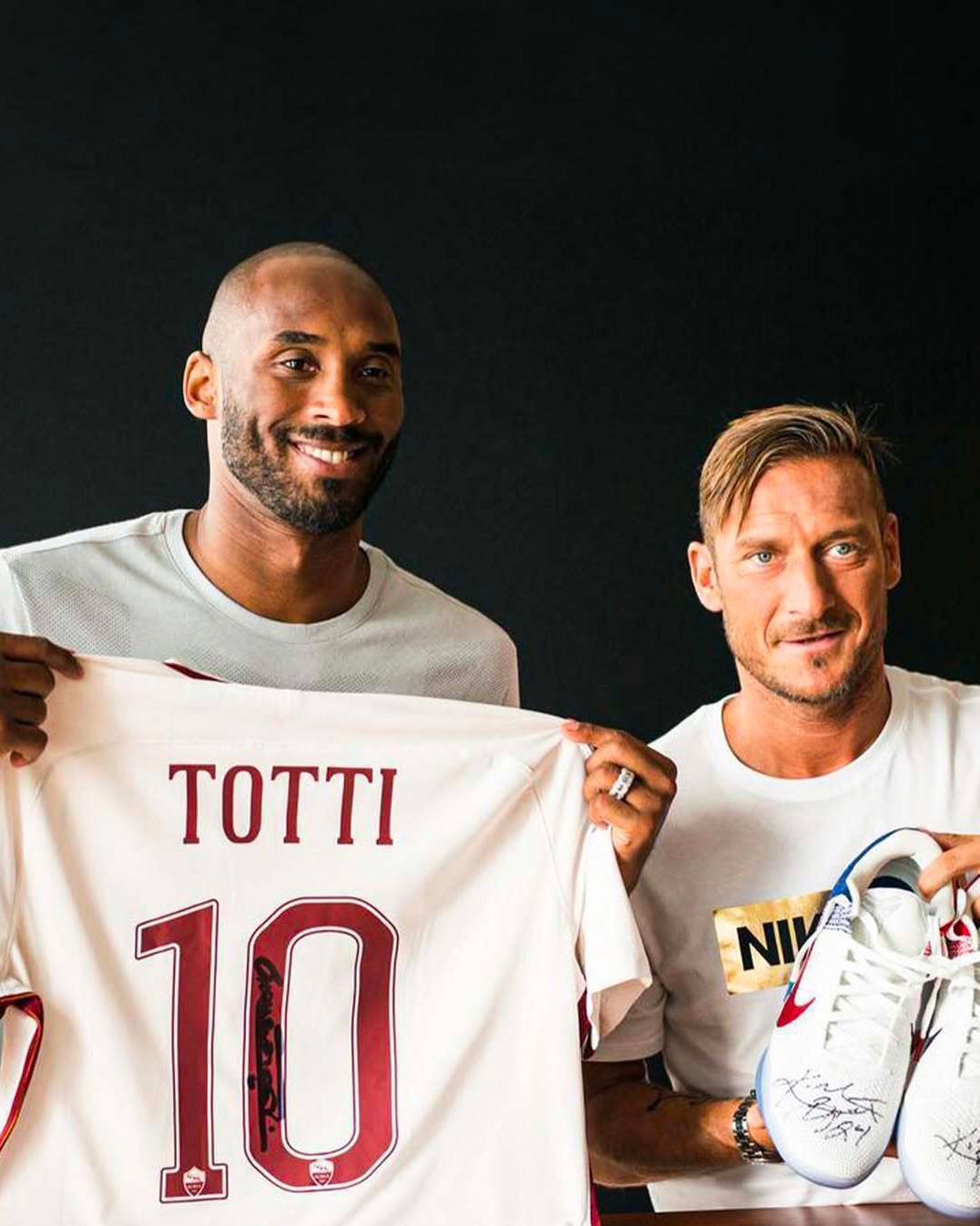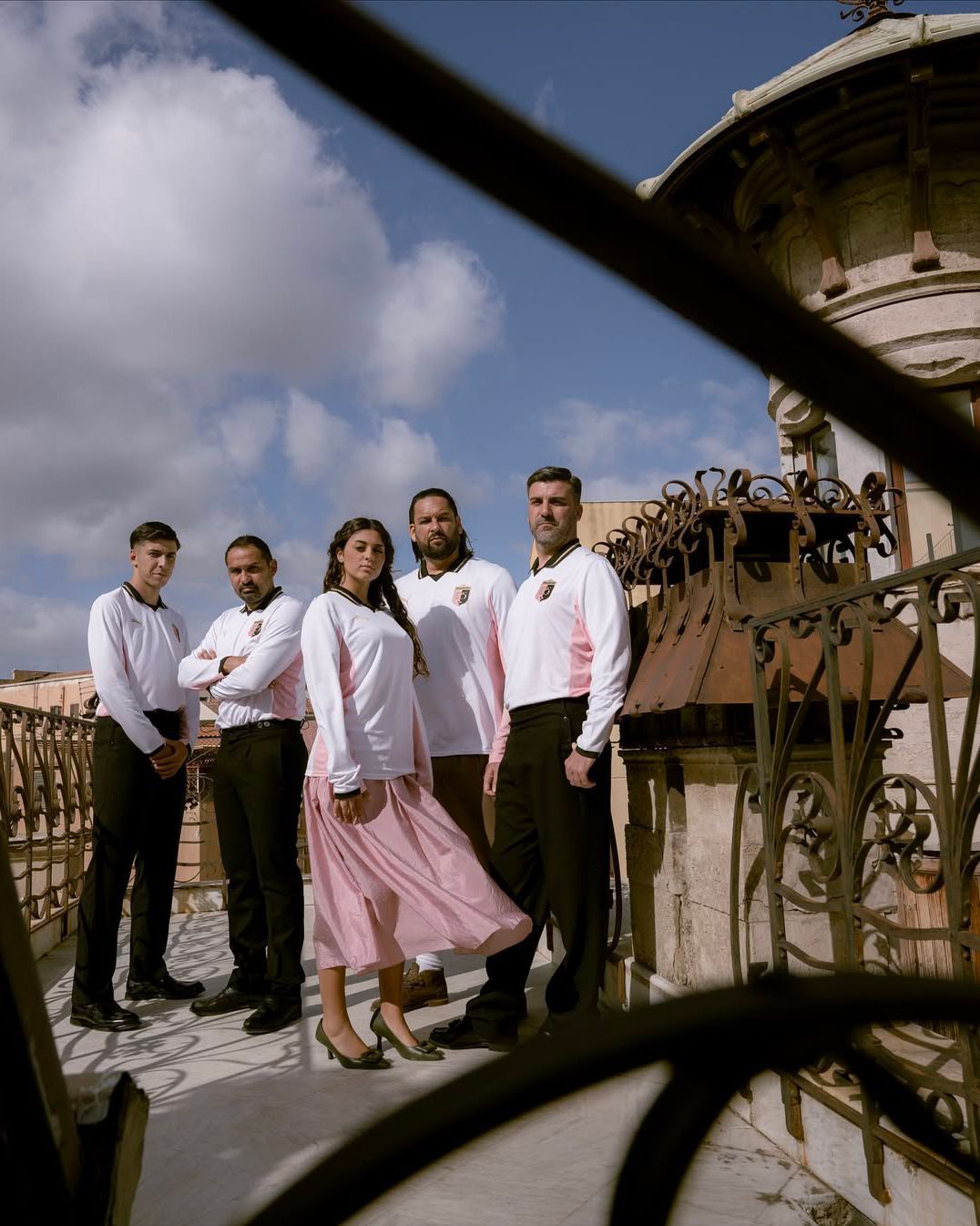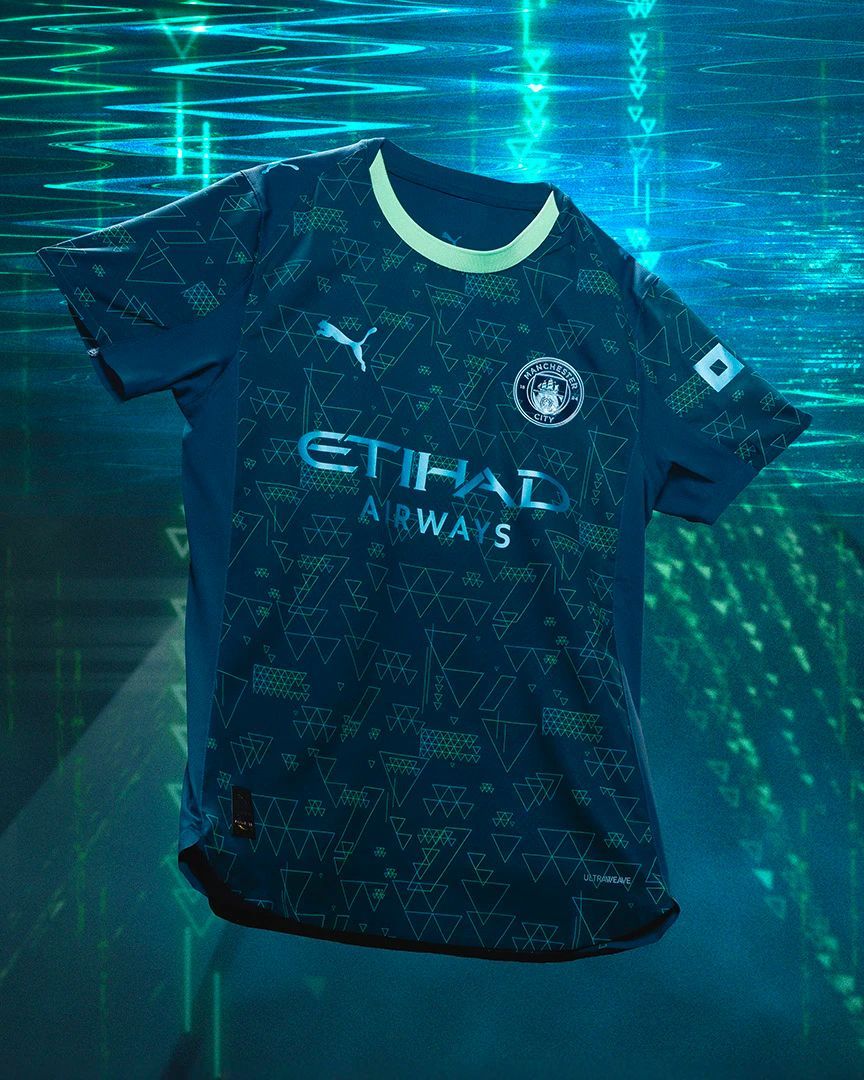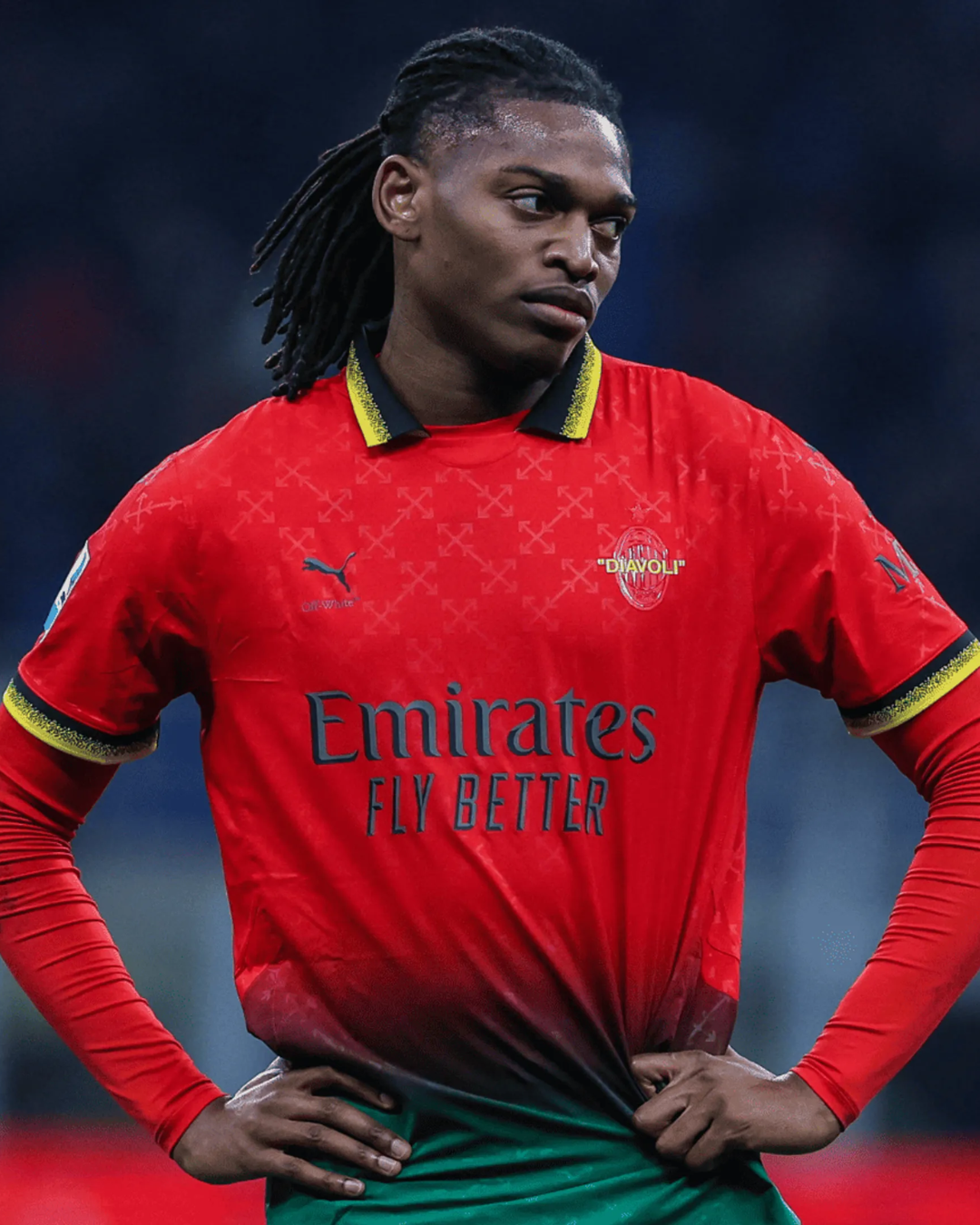
Was the Milan kit really a shame? Everyone complained about the Off-White fouth jersey, but the problem was elsewhere
The match at San Siro against Lazio was a microcosm of Milan's difficult season. The protests from the fans, who loudly demanded the current ownership to sell the club, the individual mistakes and distractions at crucial moments in the game, from Pavlovic's red card to Maignan's penalty, and the final statements from Conceição and Leao, which betray all the electricity and frustration of the Rossoneri environment. However, immediately after the final whistle, most commentators did not focus on analyzing Joao Felix's negative performance, or Milan's lack of defensive ability, or even the team's mental fragility. Instead, particular attention was given to the jersey worn by the Rossoneri, which was not their usual home kit but the recent fourth kit created in collaboration with Off-White and PUMA, as if it were somehow responsible for the team's failure.
Paolo di Canio, a regular guest on Sky Calcio Club, did not hold back when it came to giving a reactionary and demagogic opinion, but he touched on the right buttons to ignite the fans. "Thinking about representing a style: do we want to talk about Milan's jersey? From the belly up, it's the Belgium shirt, from the belly down, it's the Portugal shirt. What is this? But in this moment of identity. You play at home, where are the red and black jerseys? I understand marketing, but there are moments and moments. You present yourself at the most delicate moment of the season with this jersey," Di Canio interjects in his usual agitated and straightforward style. "I know it's a silly thing," concluded the former Lazio player, but the controversy is already ignited.
Ivan Zazzaroni, during the program Pressing, started with a joke about Portugal and then went on to call the choice to play such an important match with the fourth kit a gamble. "There is substance and appearance. In a moment of great difficulty, you come out of everything, the fans are protesting, chanting 'Gerry Cardinale, you have to sell, you have to sell,' and you show up with that jersey? It seems like an insult, it seems like an offense." Riccardo Trevisani also addressed the issue during the Monday evening live stream of Fontana di Trevi, saying, "In a moment when people don't identify with the team and go to the stadium to yell 'sell to the president,' you should at least give them some normal colors," joining the chorus of criticism towards the decision not to wear the Home jersey.
Milan presented their fourth kit on February 14th, this time in collaboration with Off-White, already a Style Partner of the Rossoneri, as they have been for several years now with various fashion brands to attack a new market segment and consolidate the relationship between football and fashion. And as always, these releases are planned, conceived, and created months and years in advance, in agreement with technical sponsors and creative teams. A strategy decided and outlined in advance that does not take into account the sporting results, nor can it predict them so far in advance. In the case of Milan's fourth jersey, the choice of partner and design came when Stefano Pioli was still on the bench. One can argue about the creativity of a jersey, its consistency with the identity and history of the club, and how it fits into a broader discourse between the vision of the club and its relationship with the fans.
Maybe the match against Lazio was not the most suitable one to wear the new jersey, as had been decided beforehand, and it would have been better to opt for a more sober and less controversial Home jersey. Not because such a jersey would have improved Conceição's team's performance on the field, but to avoid becoming what it eventually became, a springboard for the usual conservative and denigrating discussions among Italian commentators. Milan and their marketing team took a big risk, which in the end was not worth it, confirming how difficult it is to align long-term work on the club's brand with the ever-changing football results. It is never easy to separate commercial strategies from those of the game, but the reasons for Milan's current defeats are certainly not to be found in the choice of playing kit.

